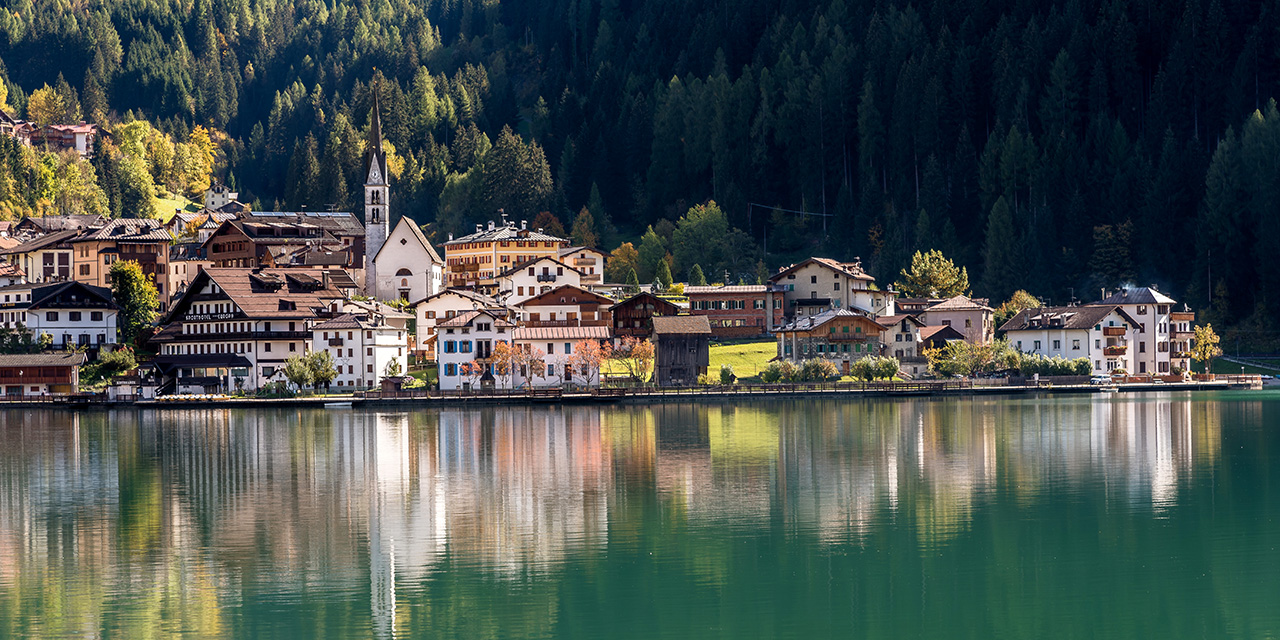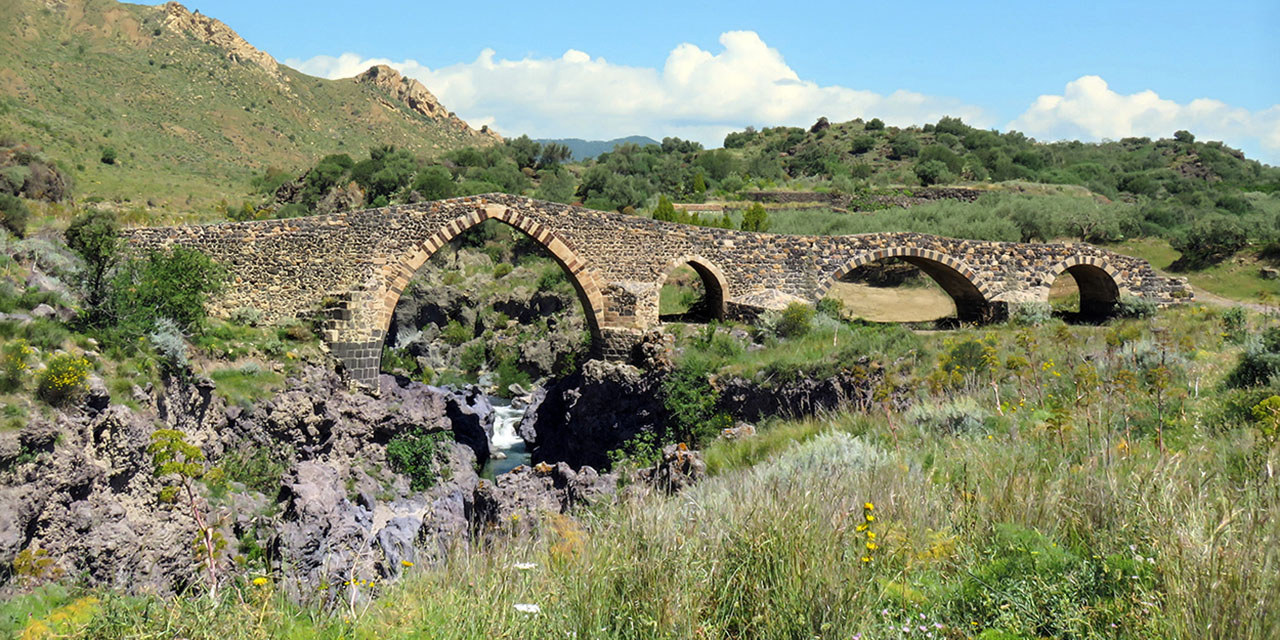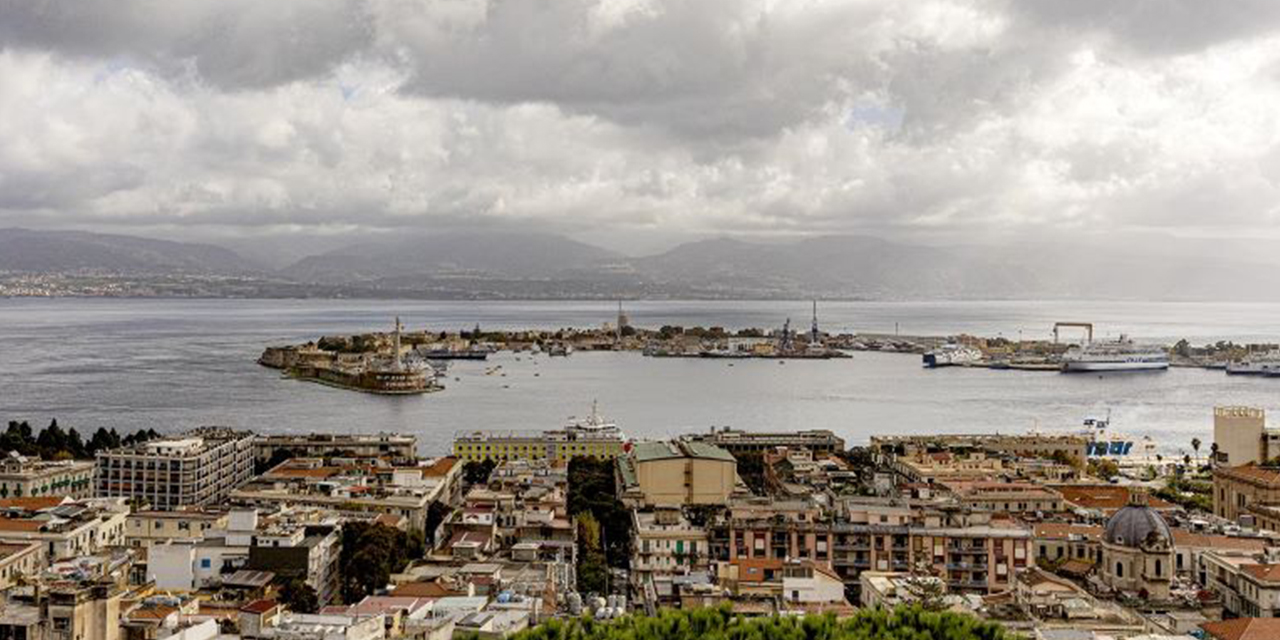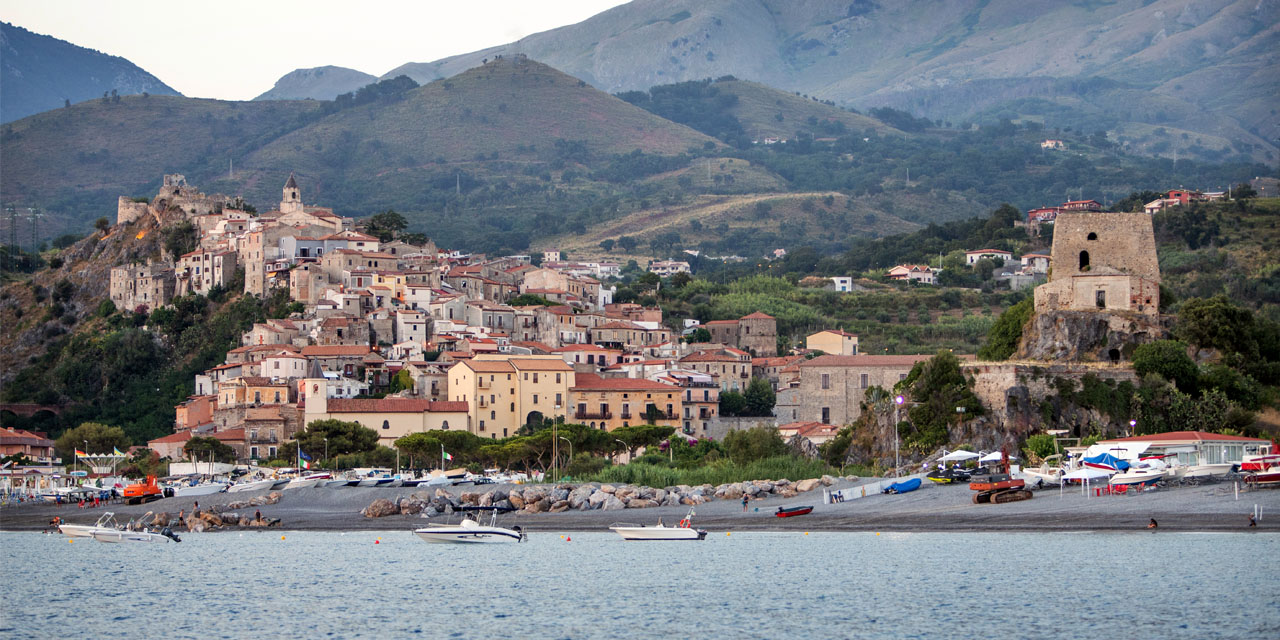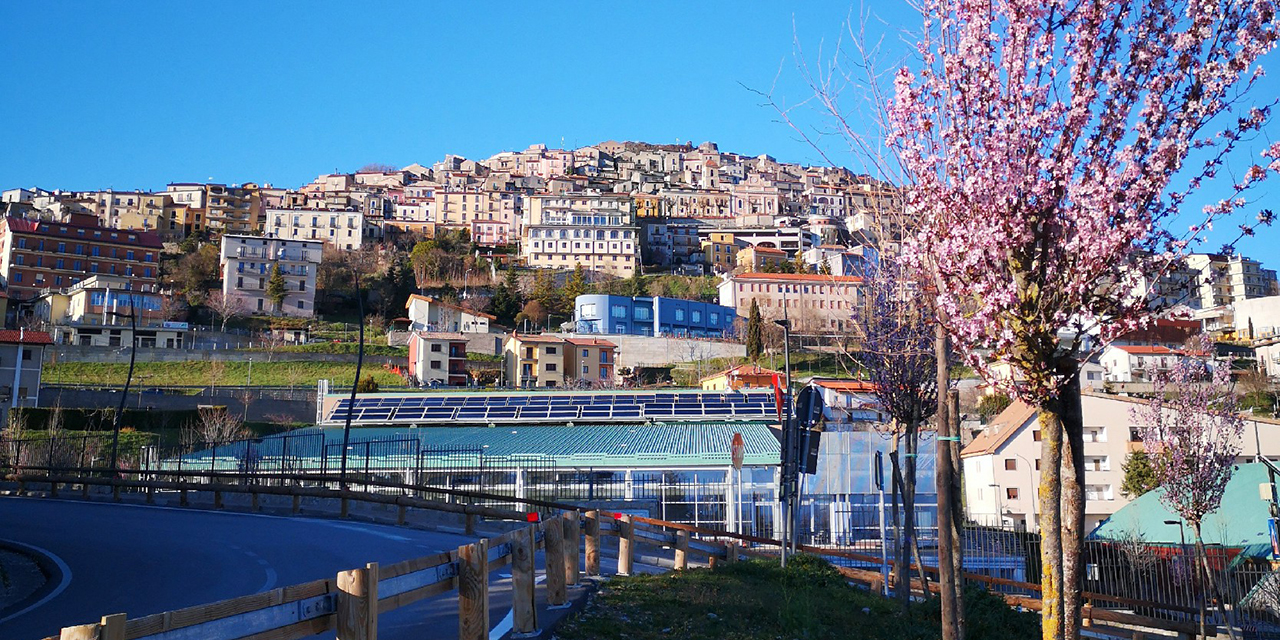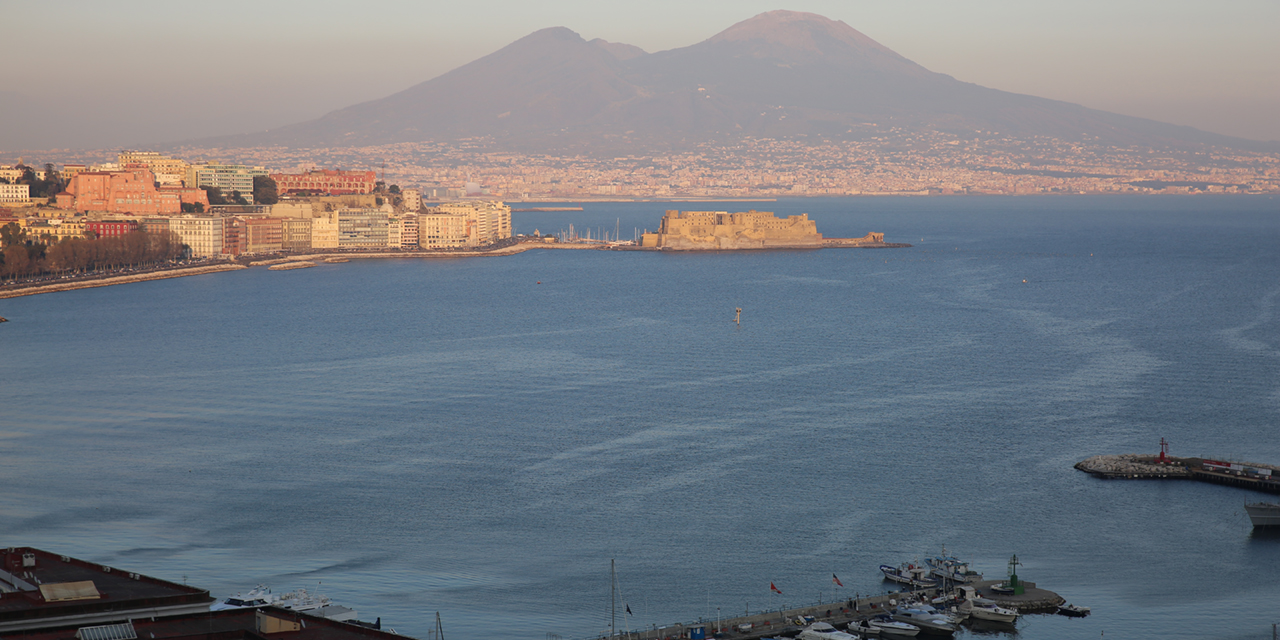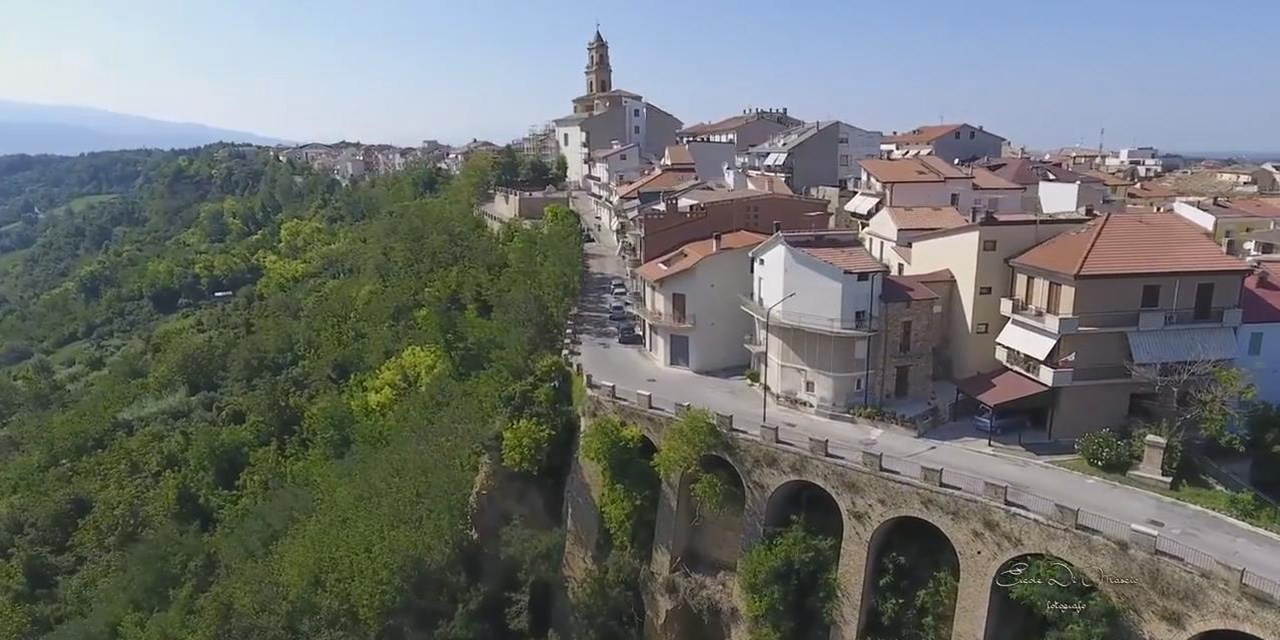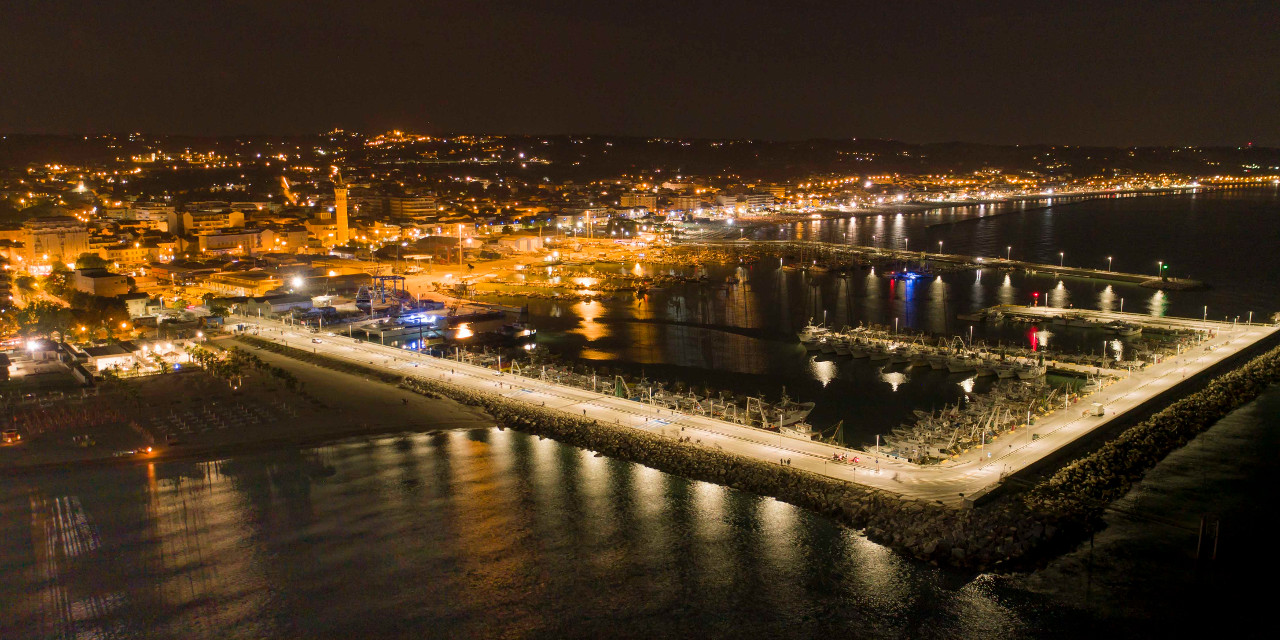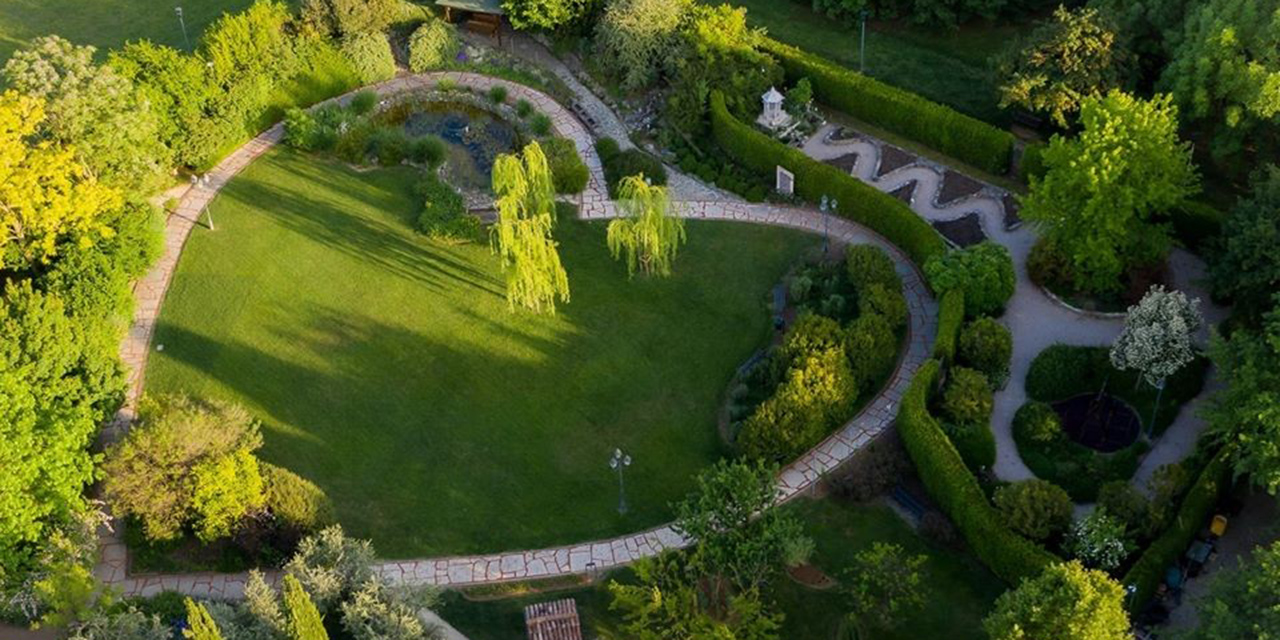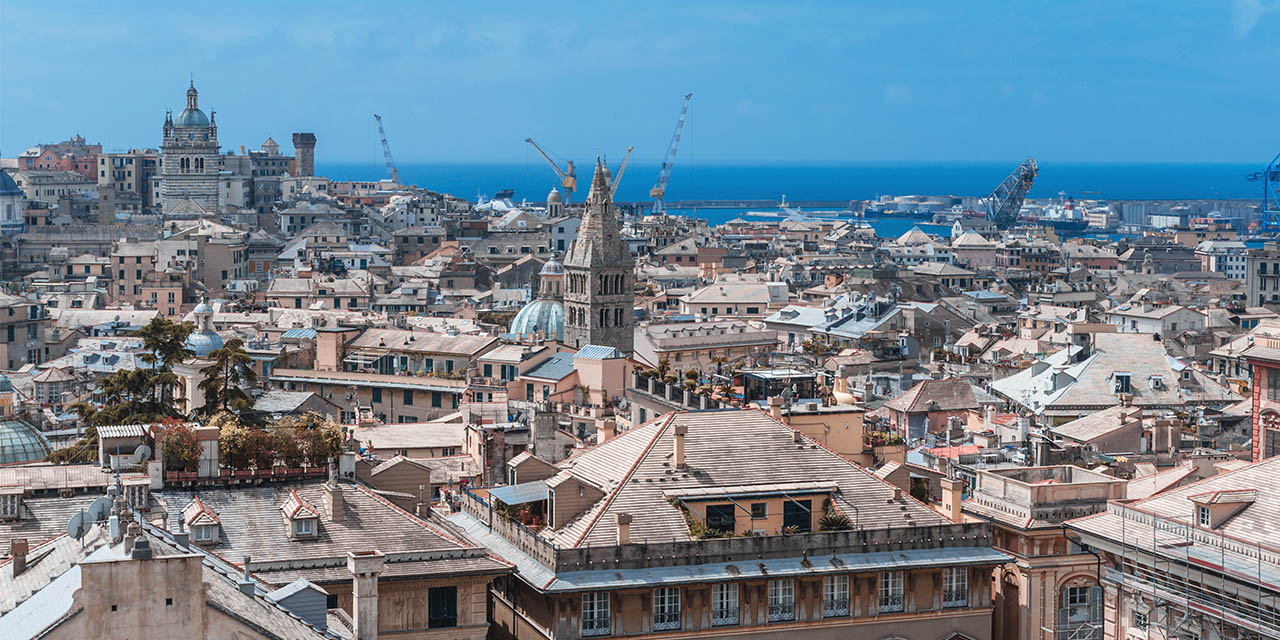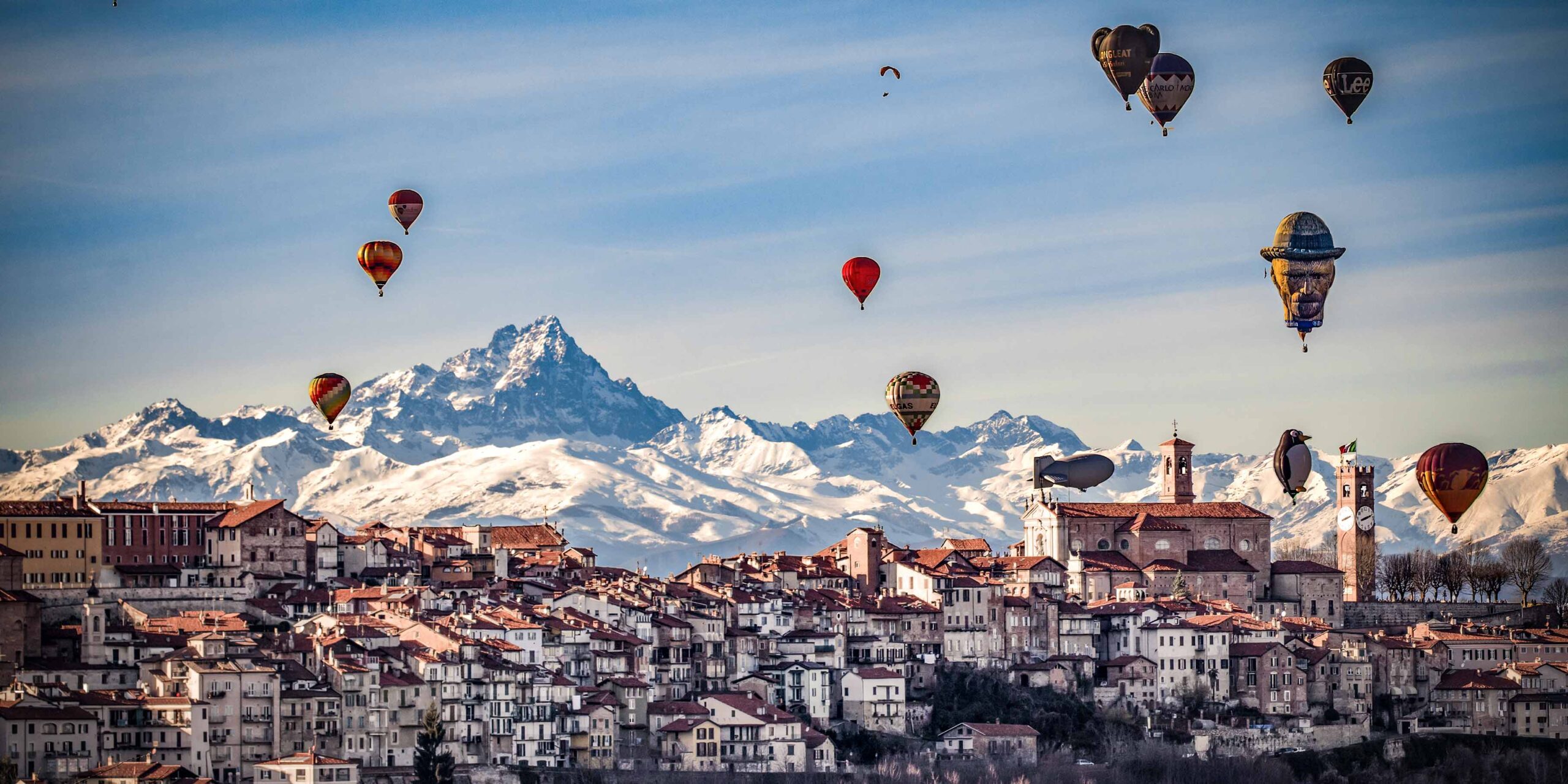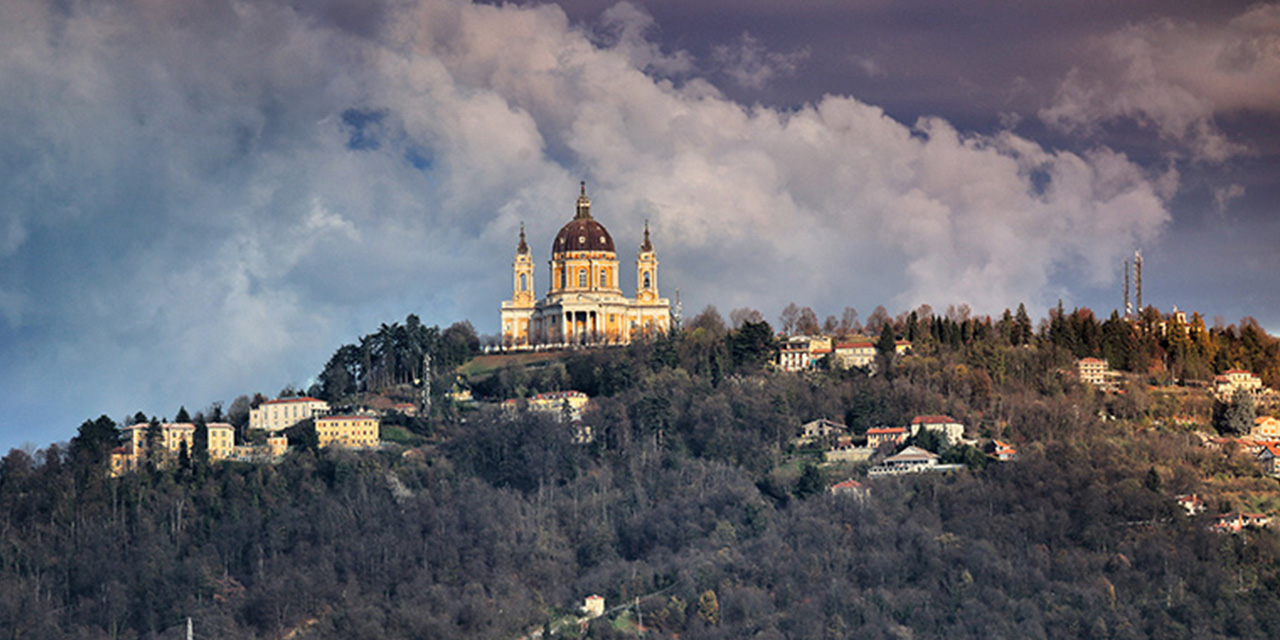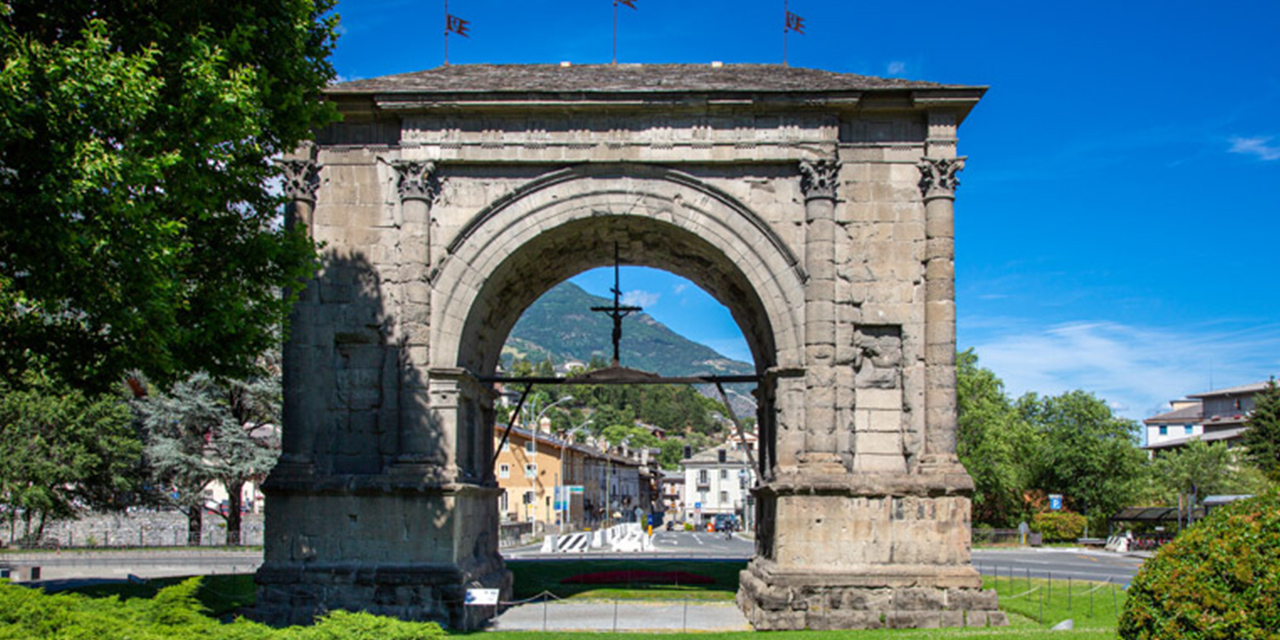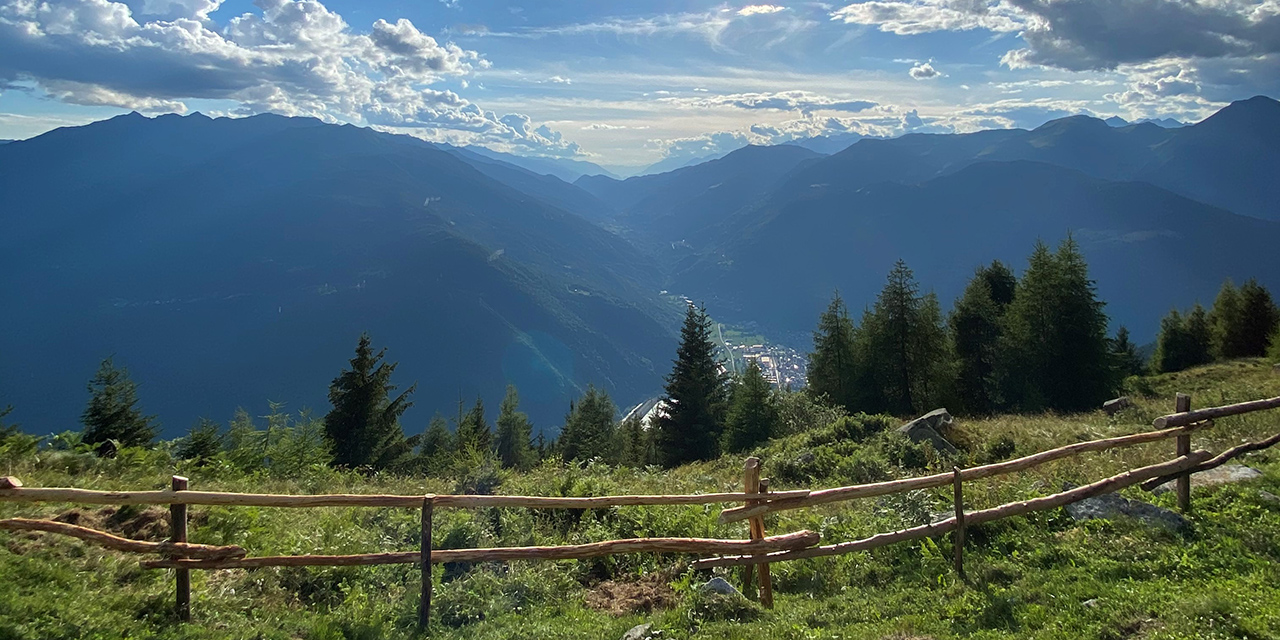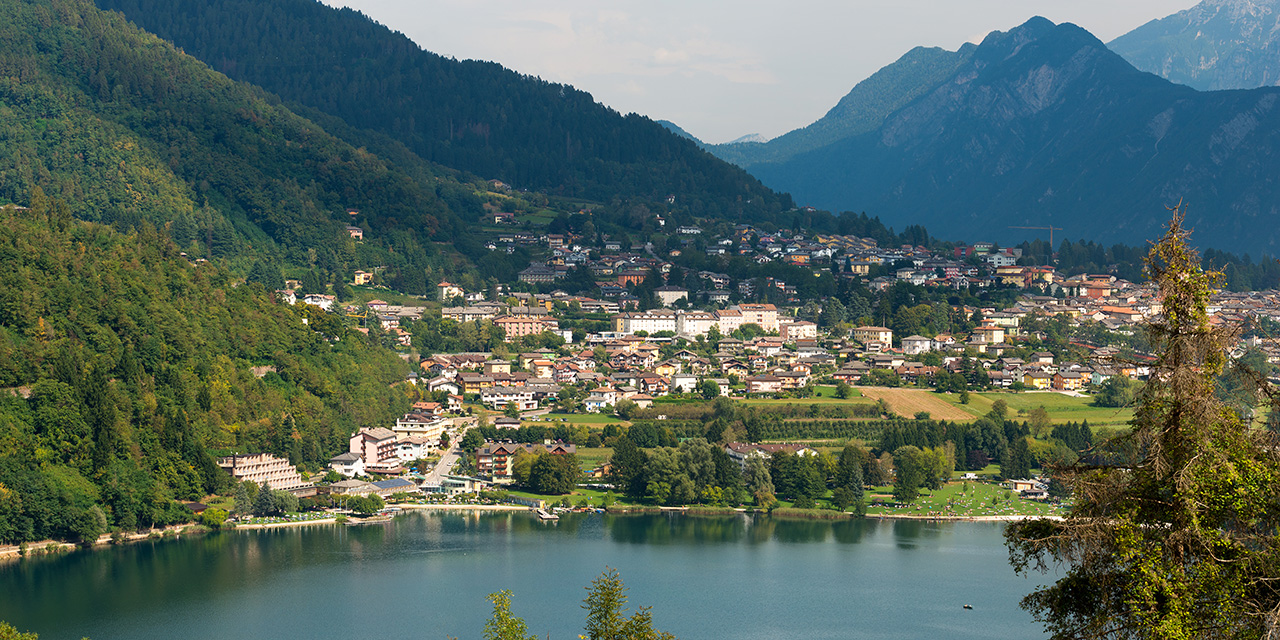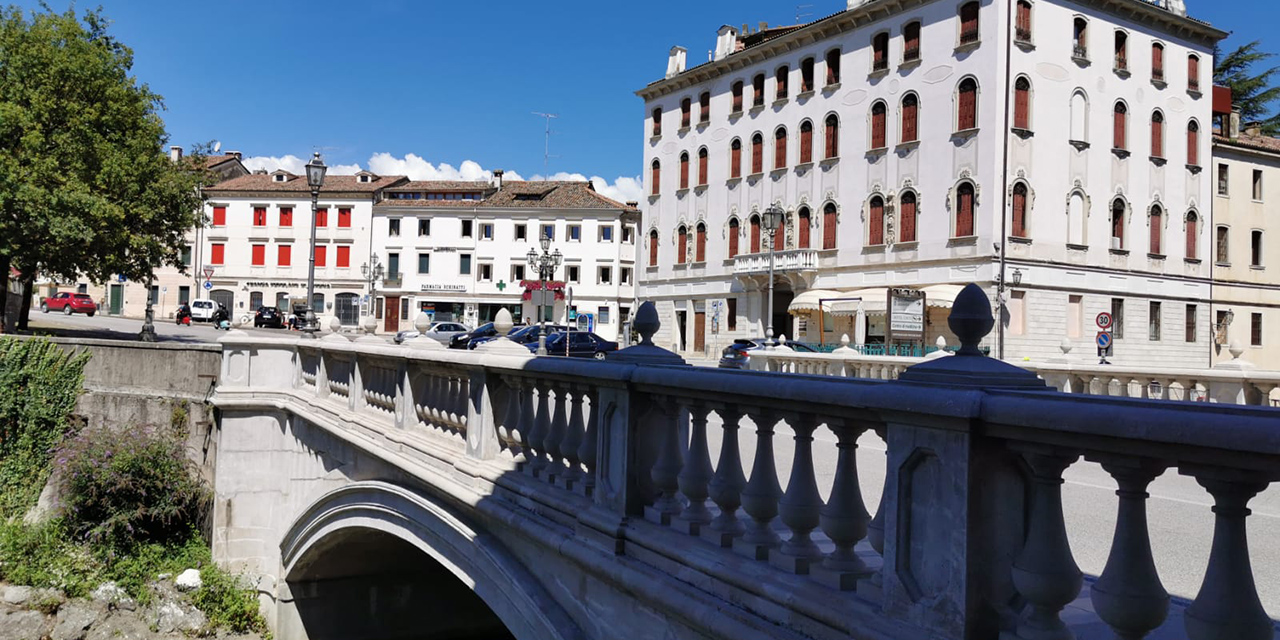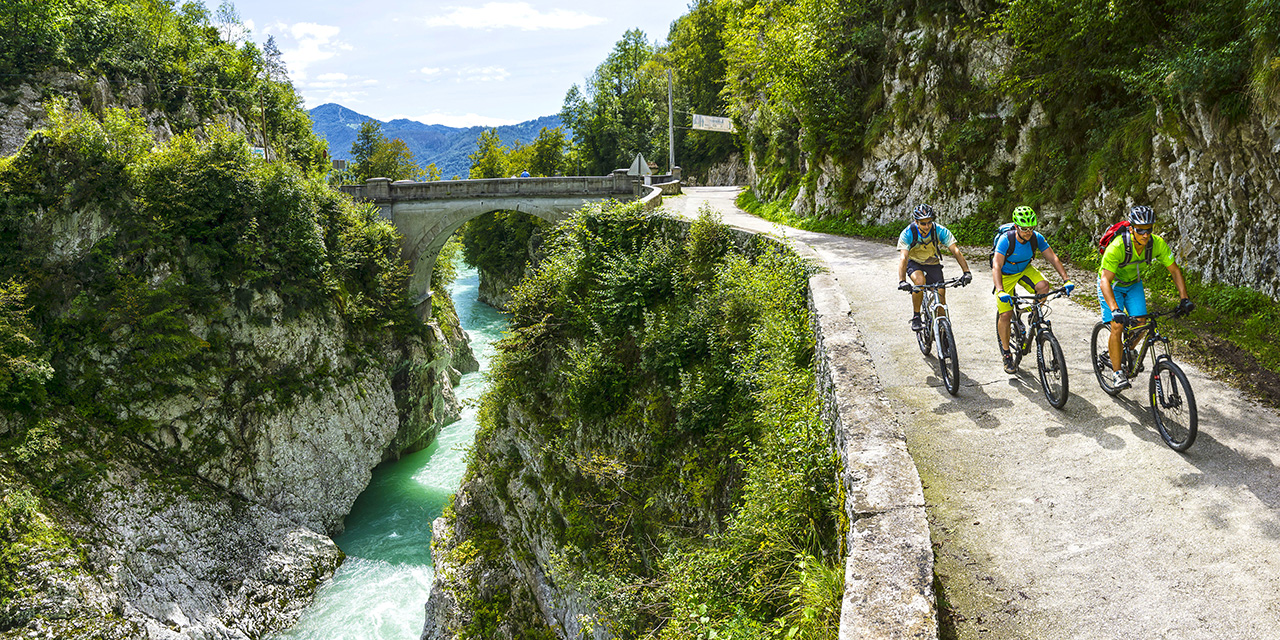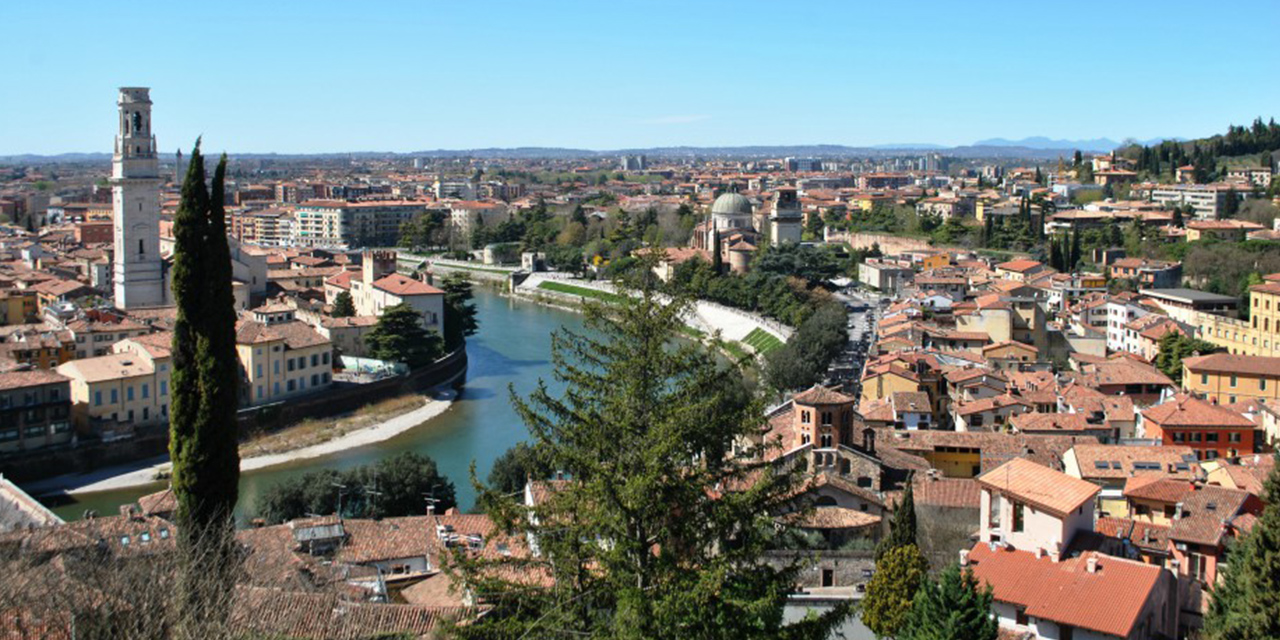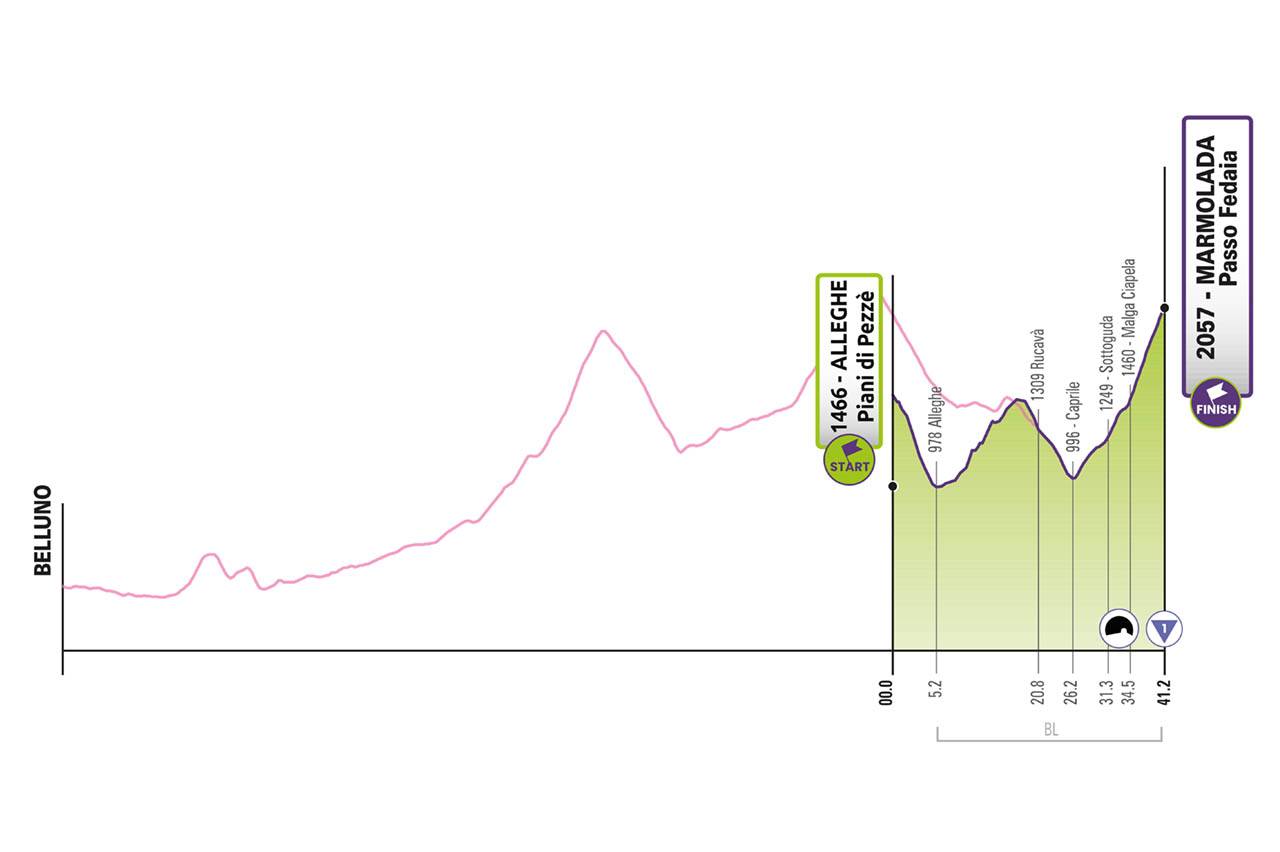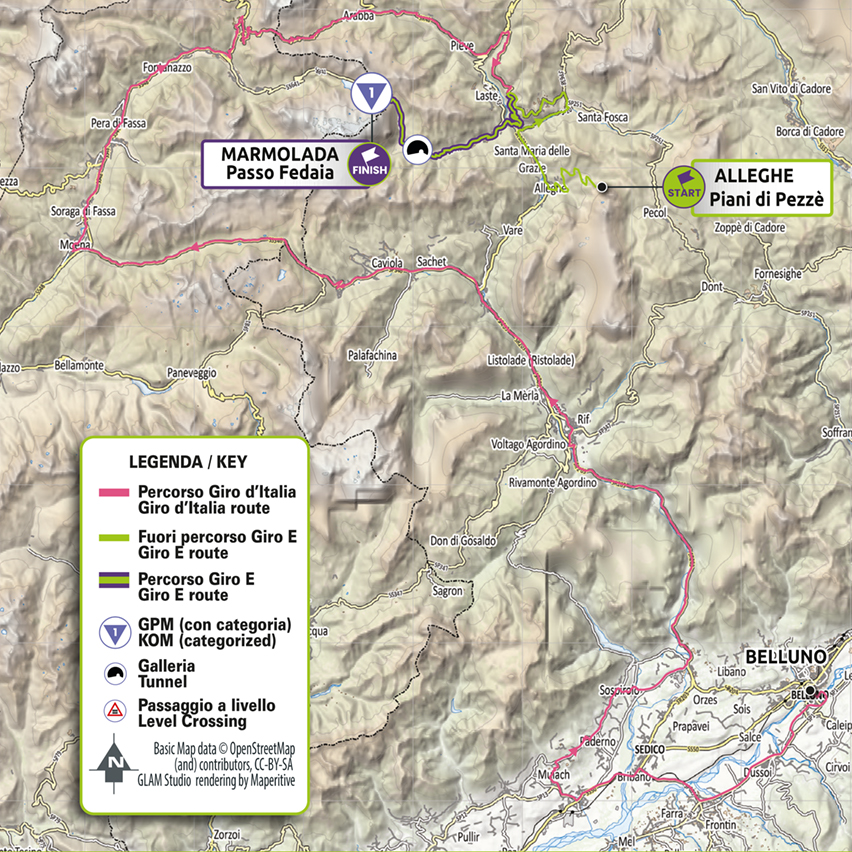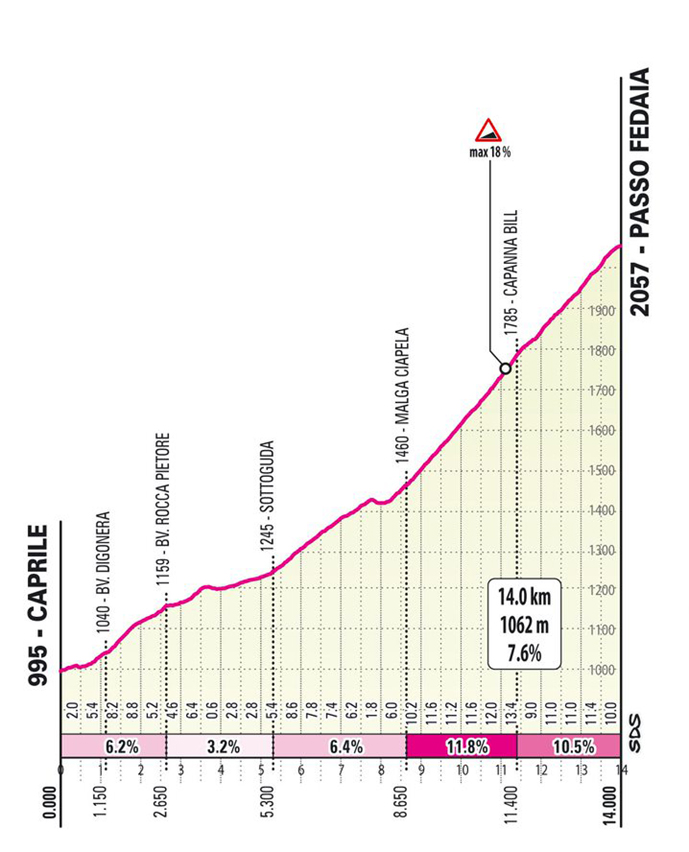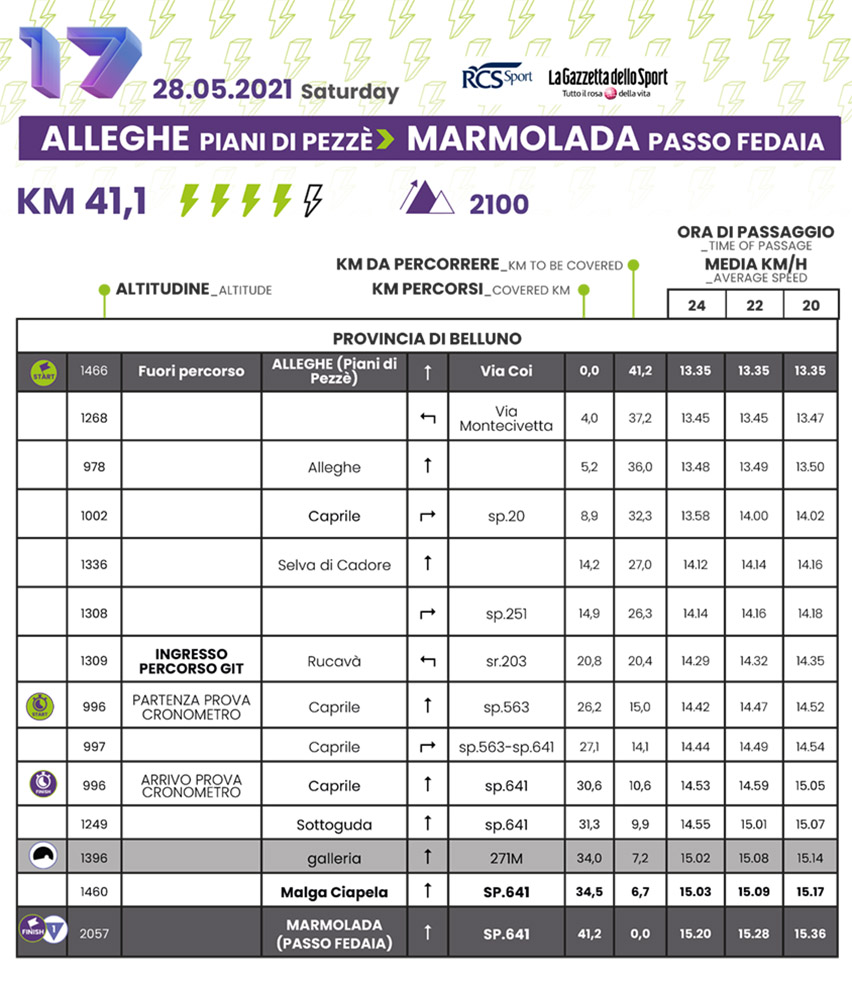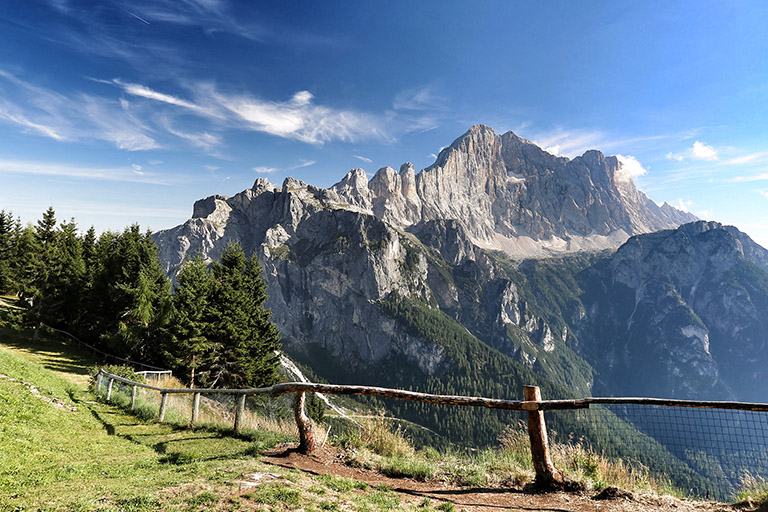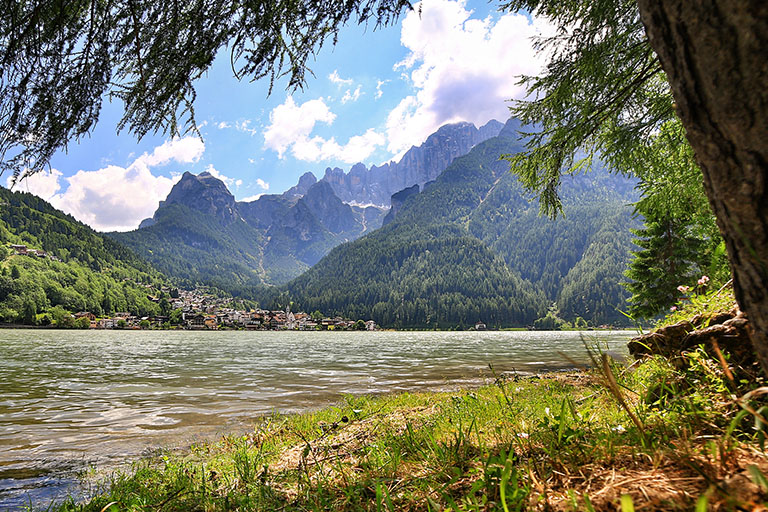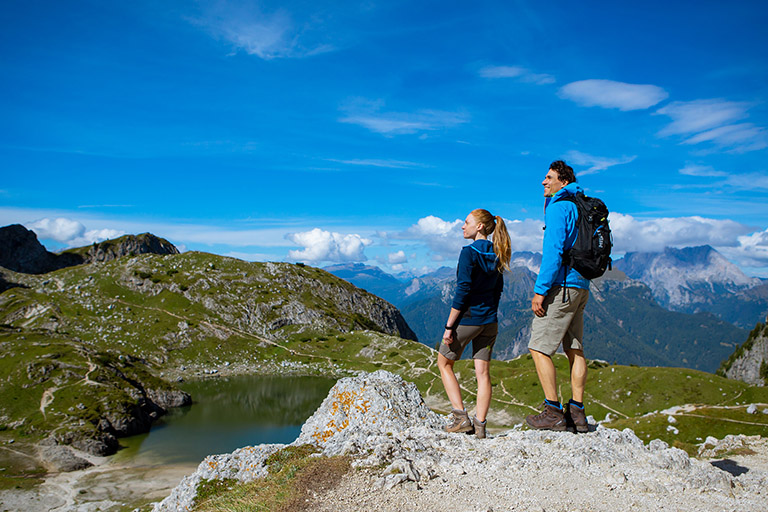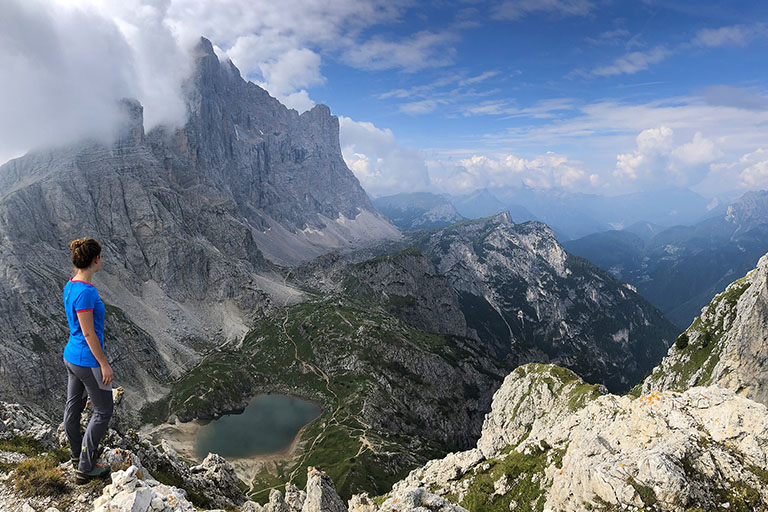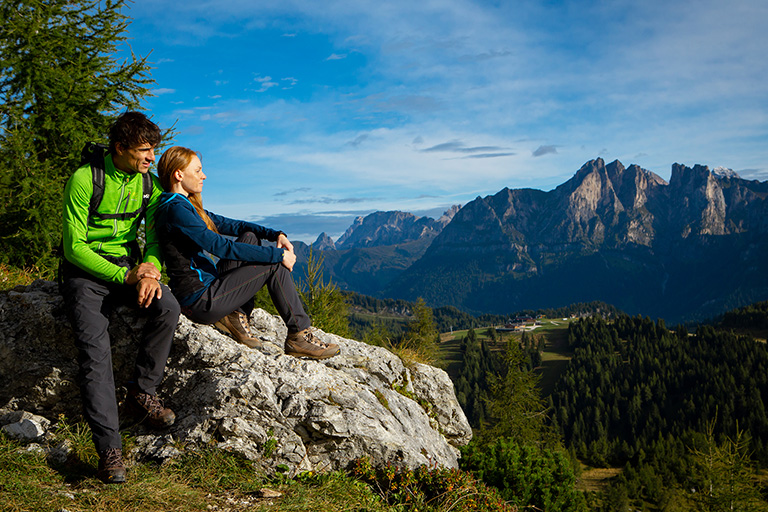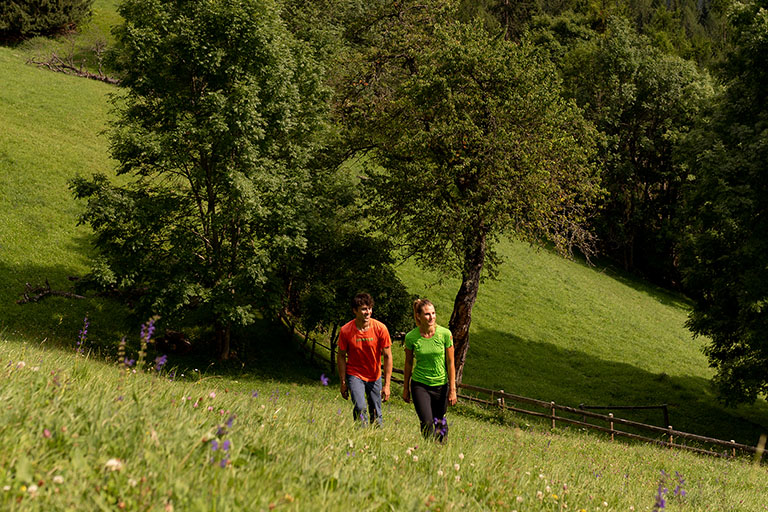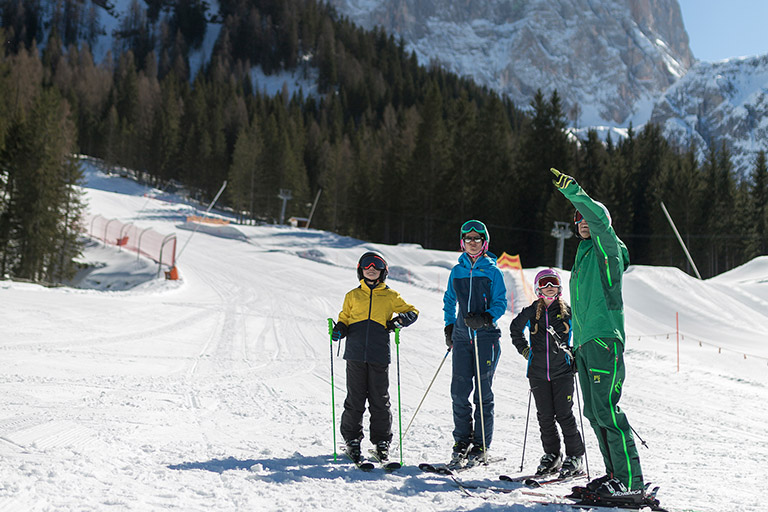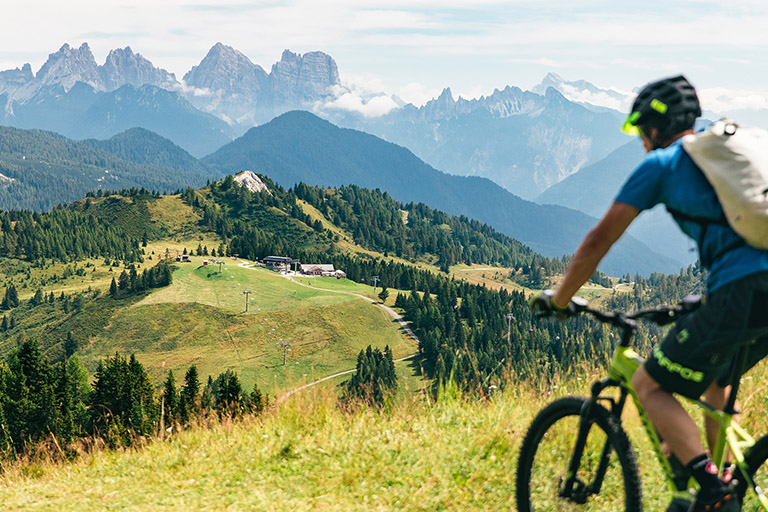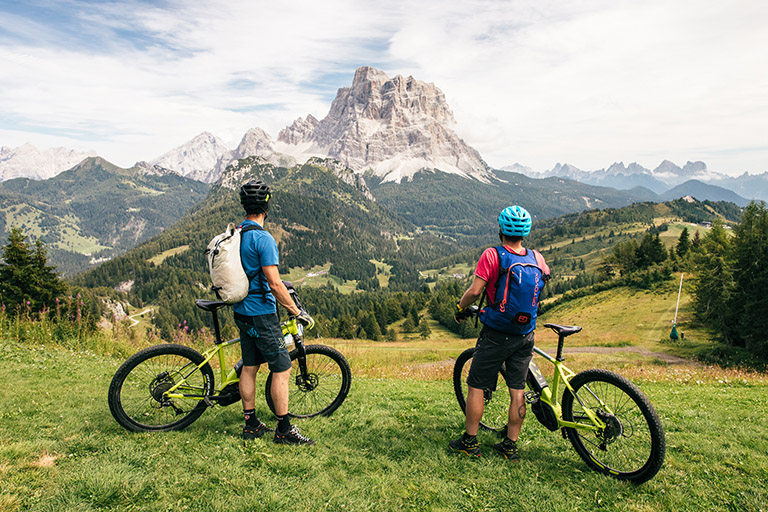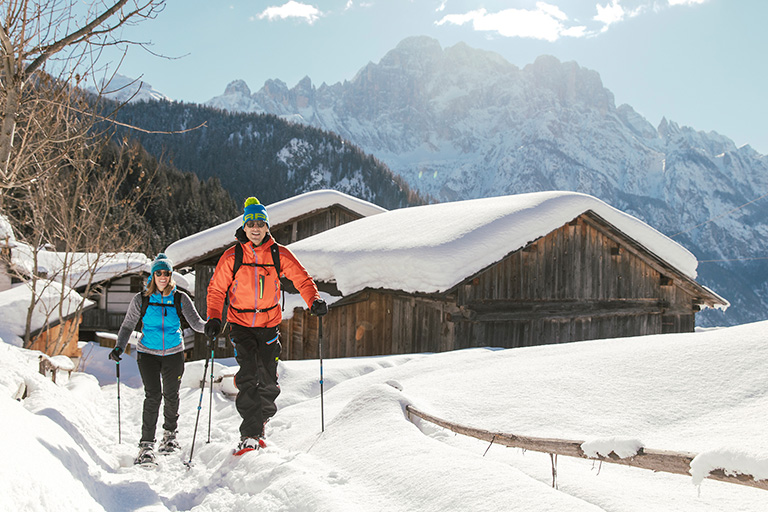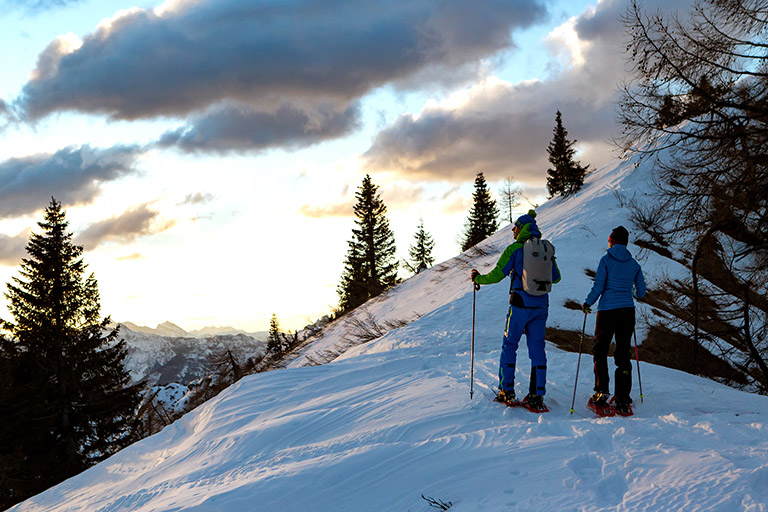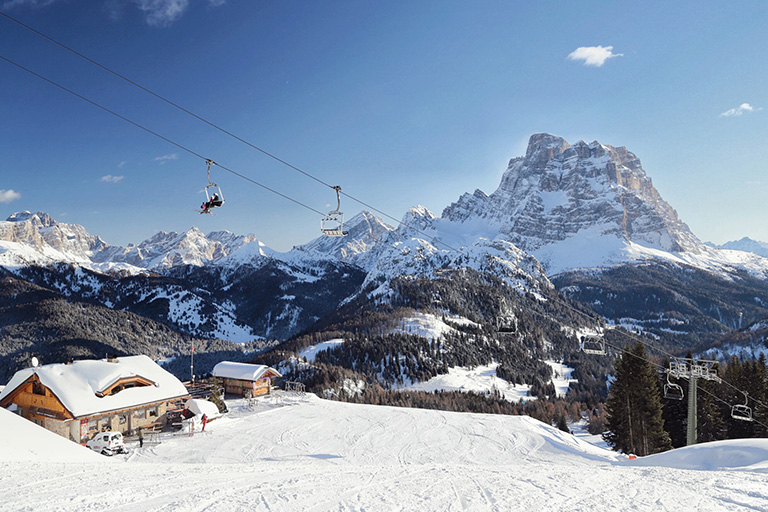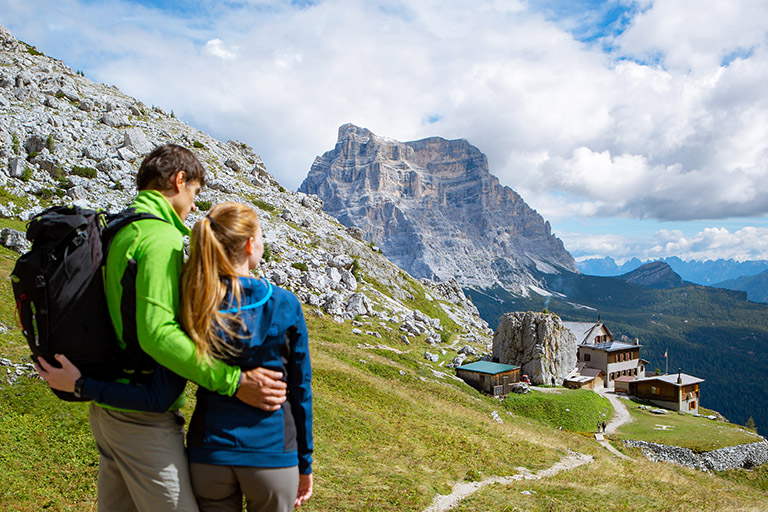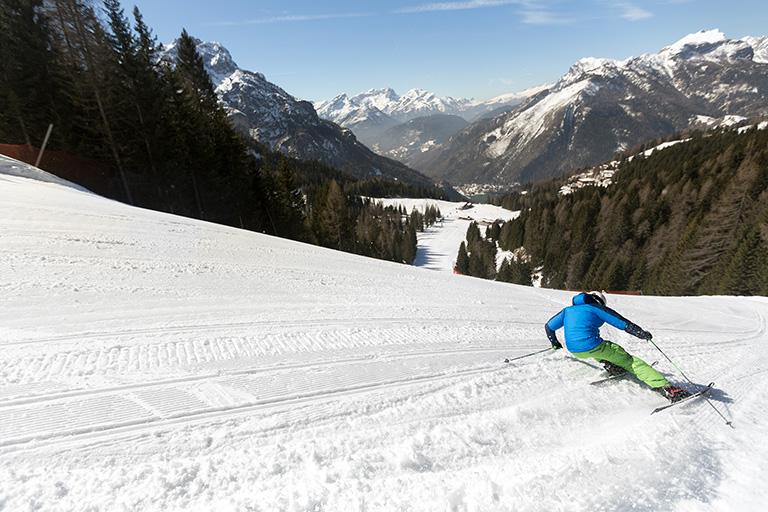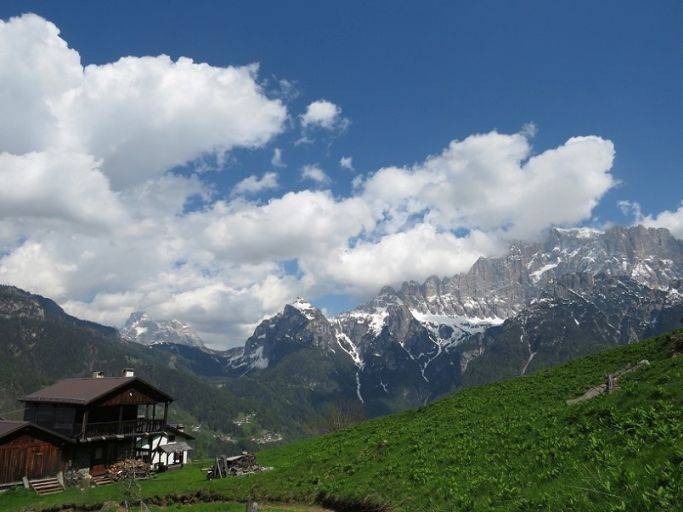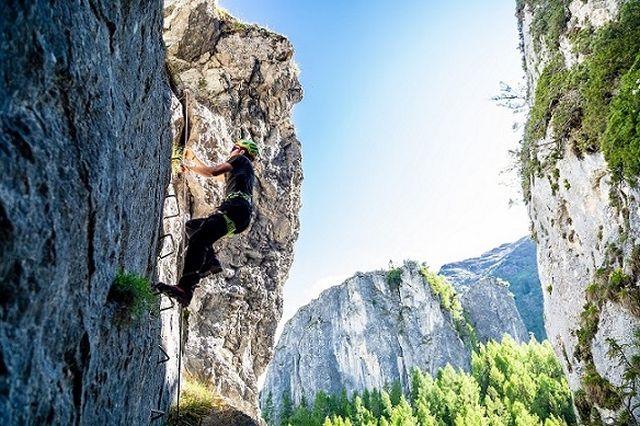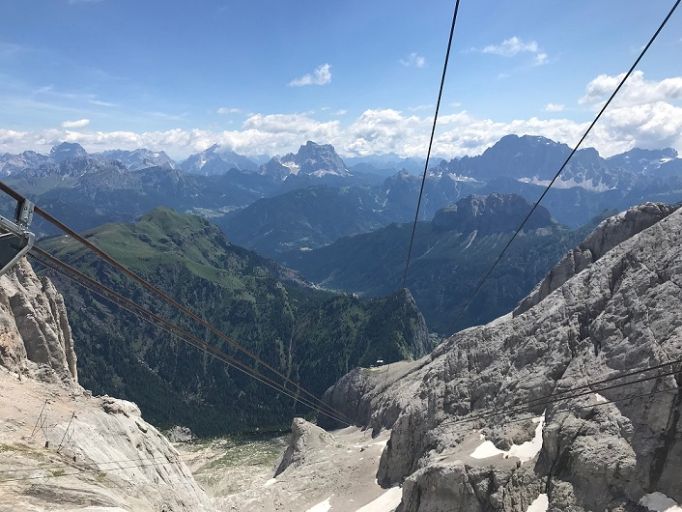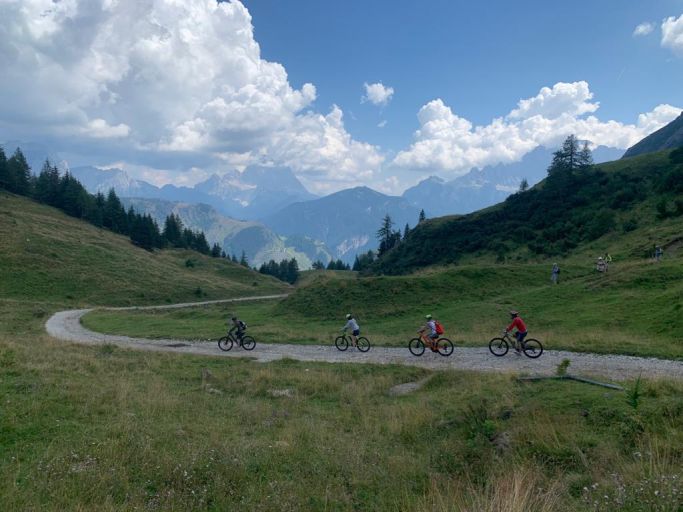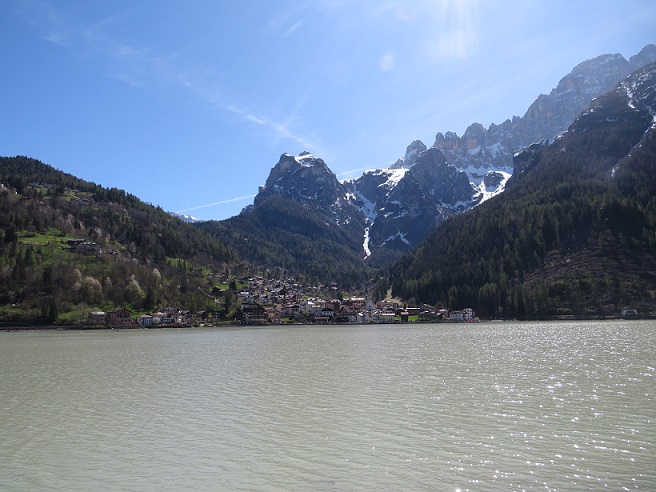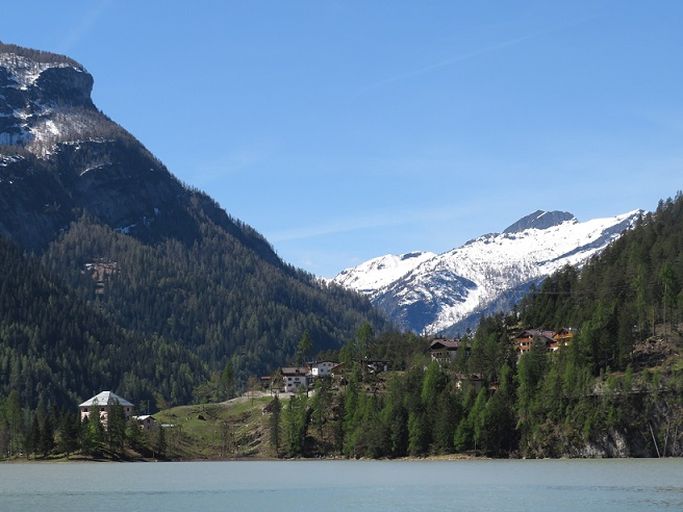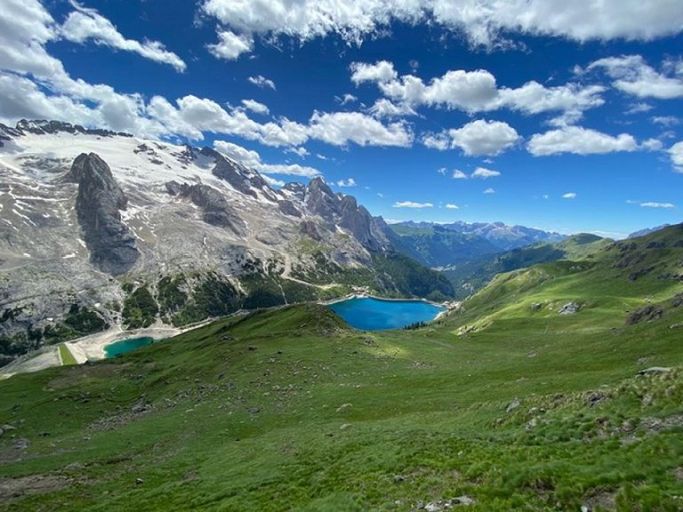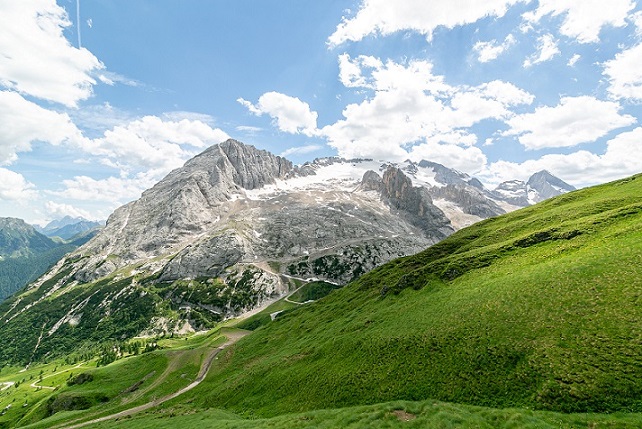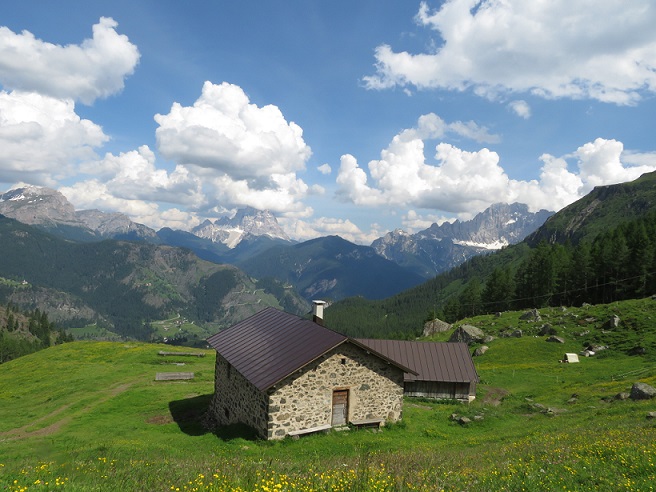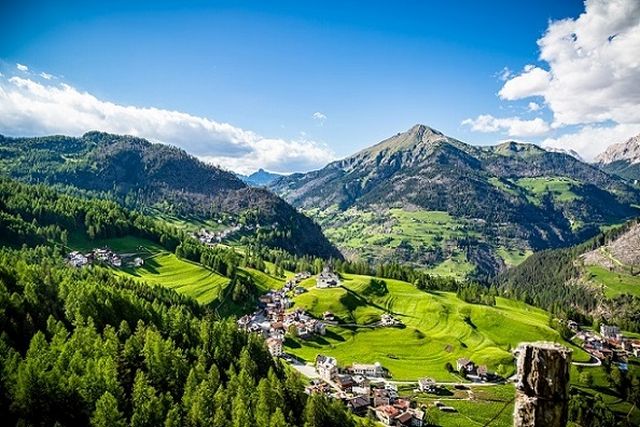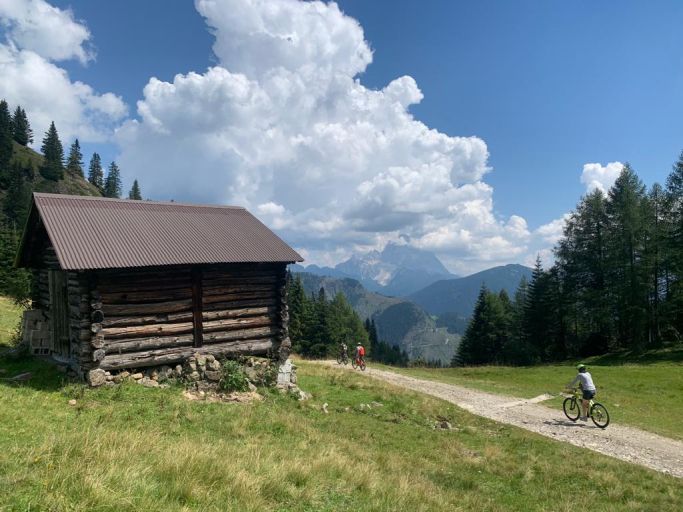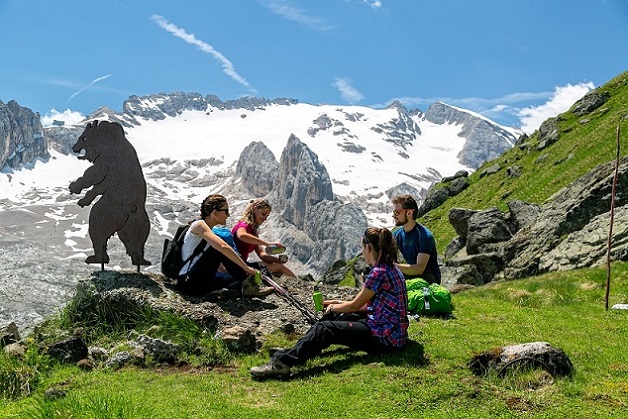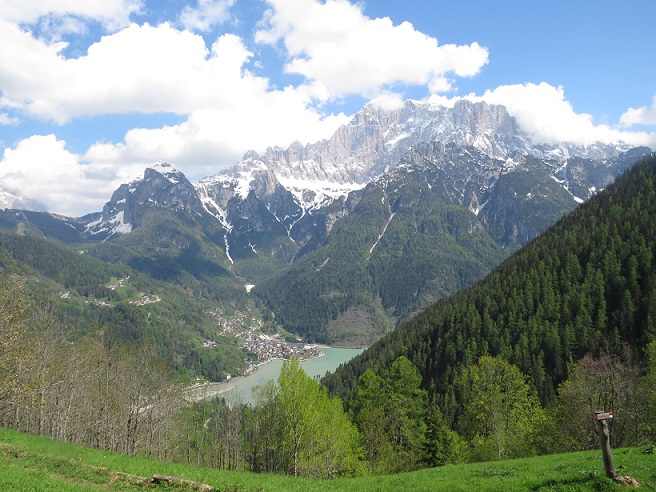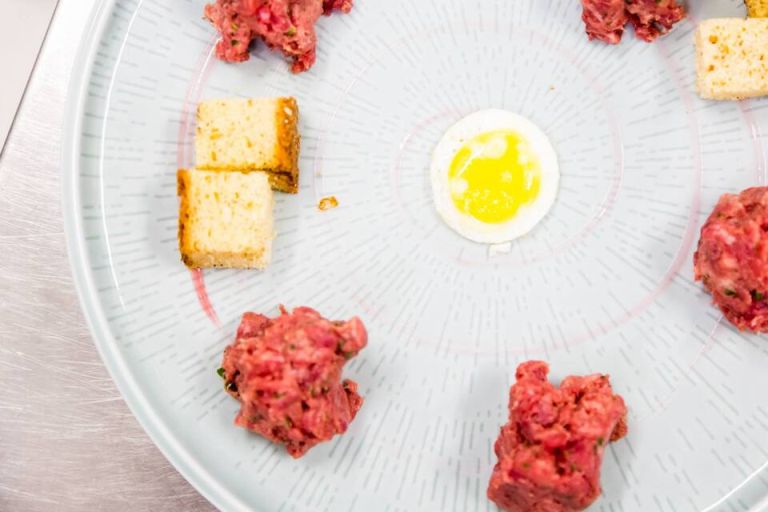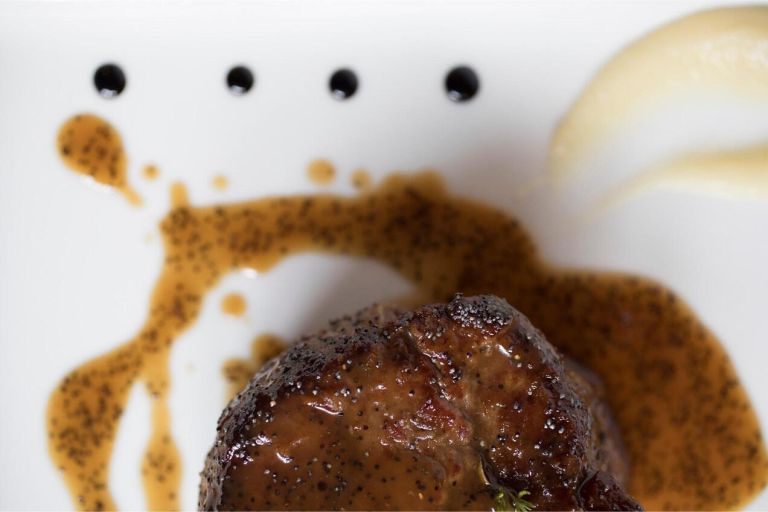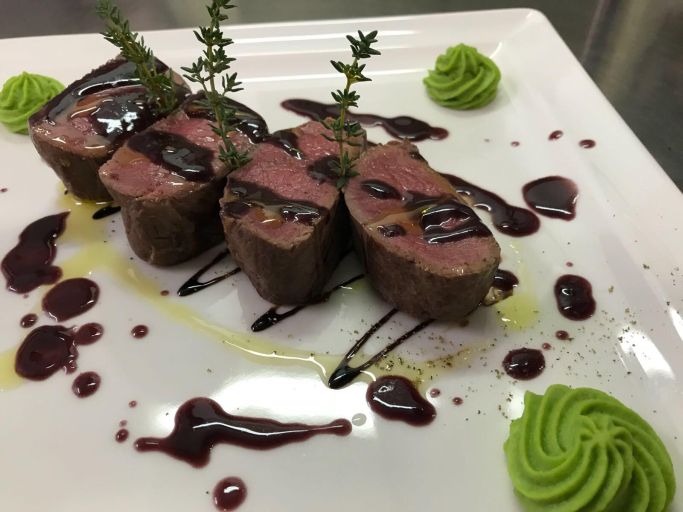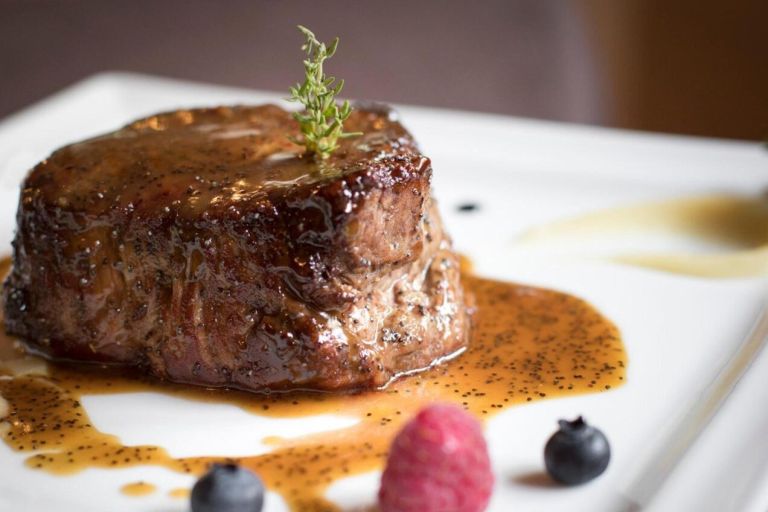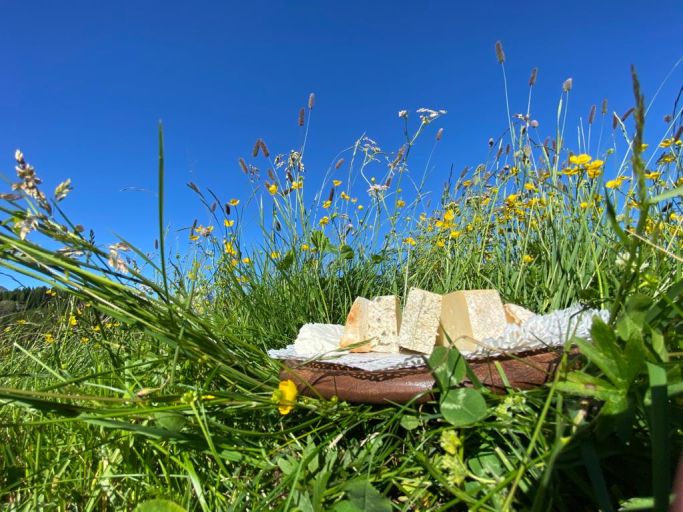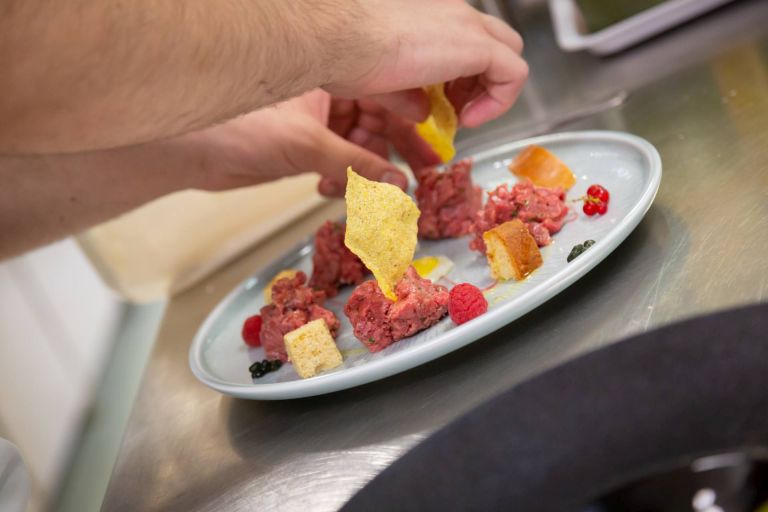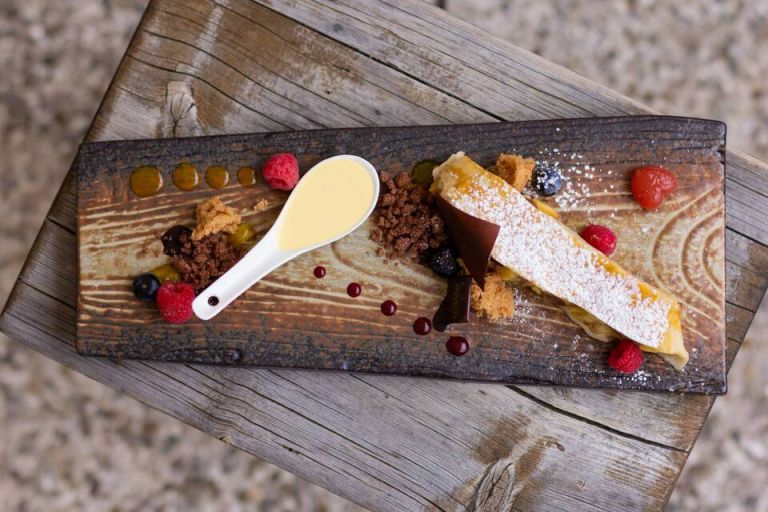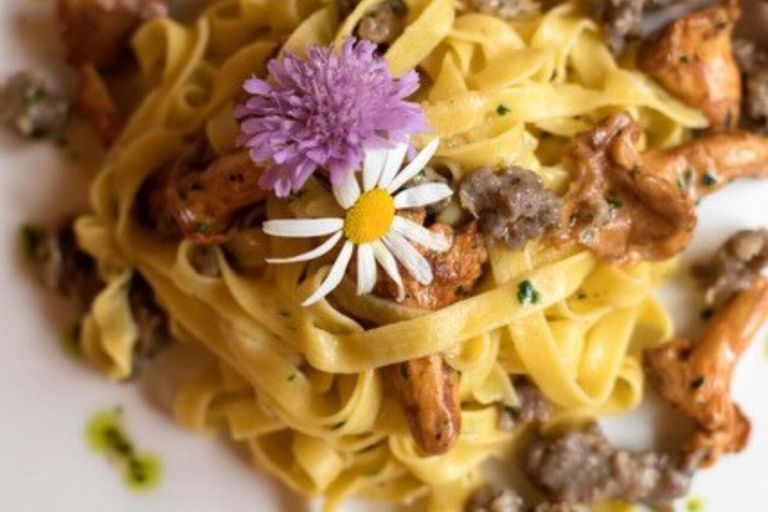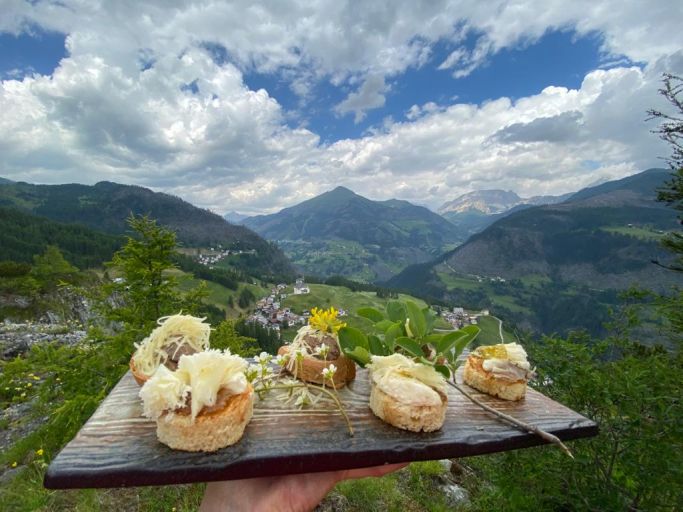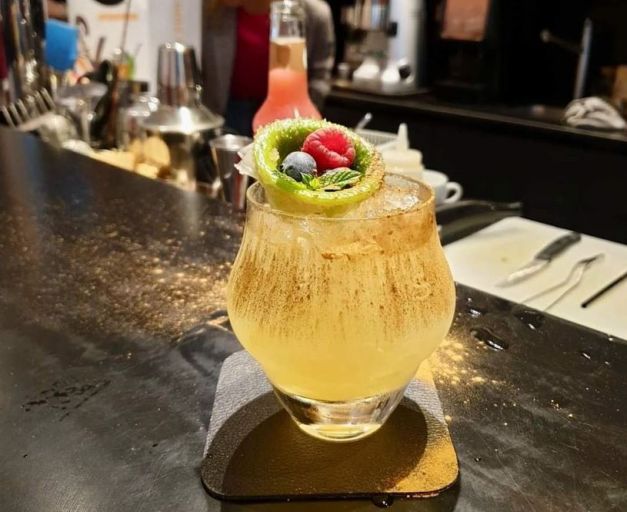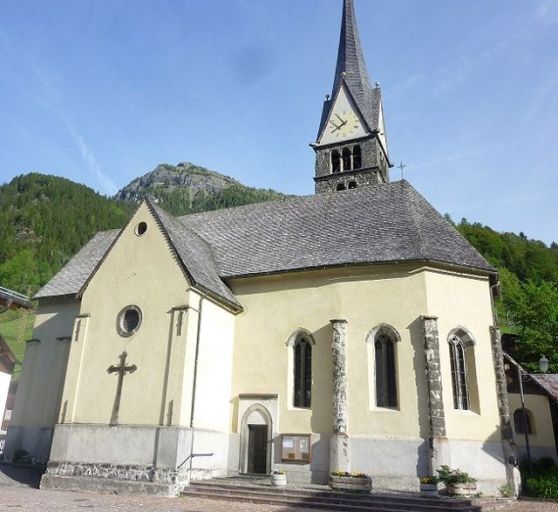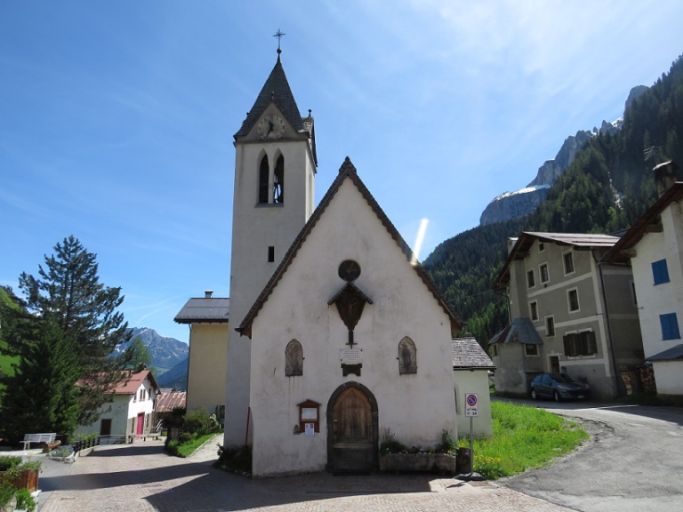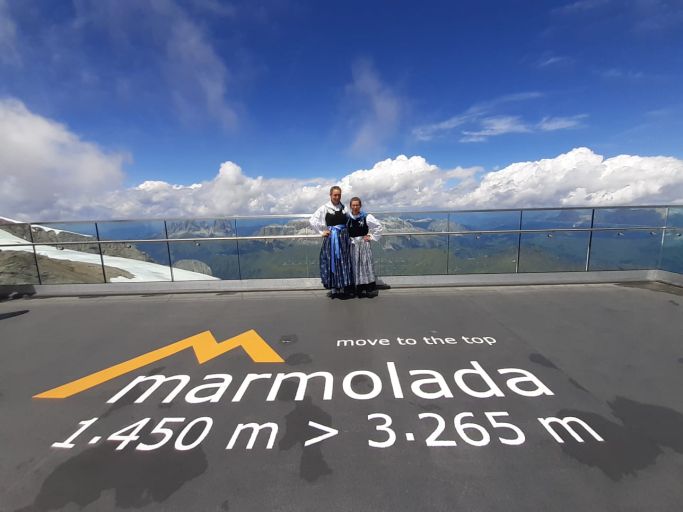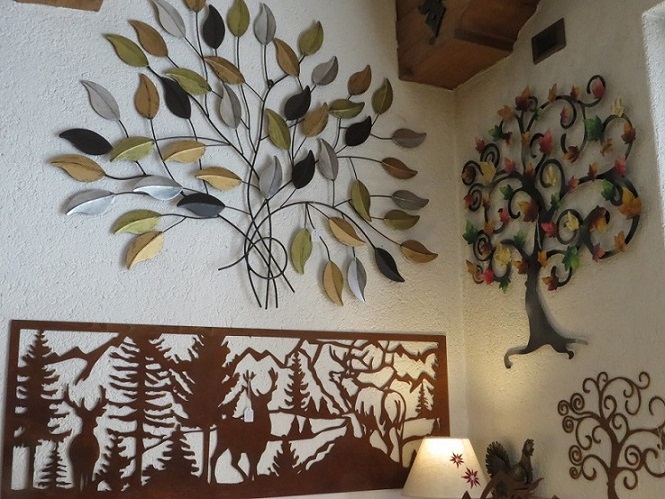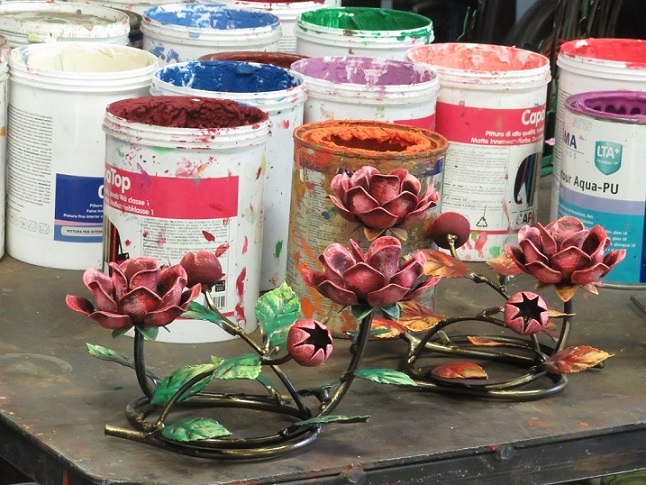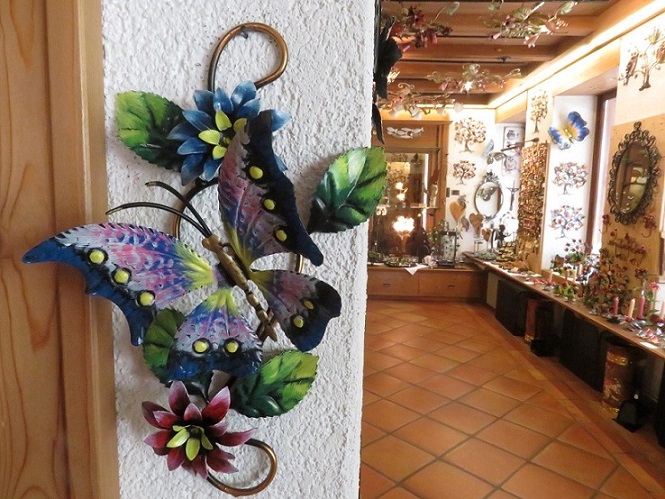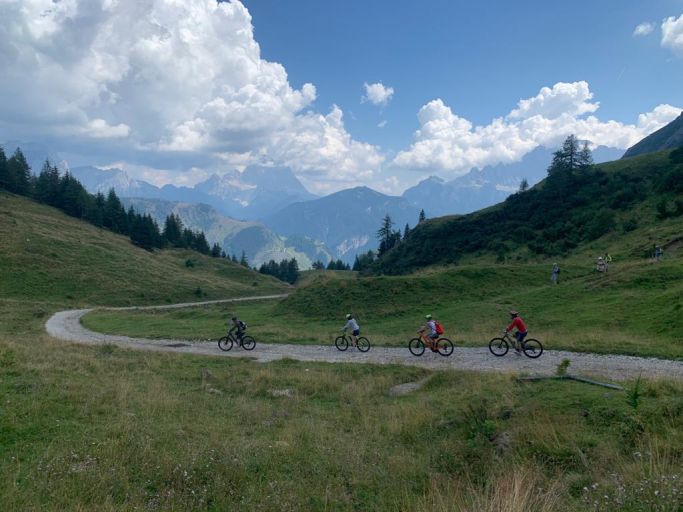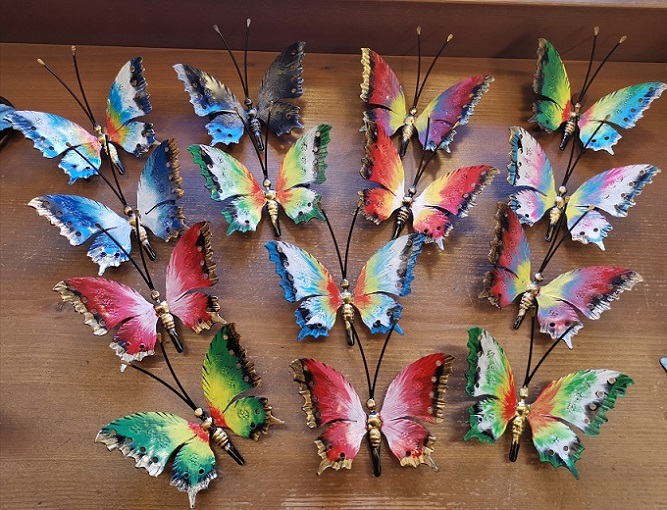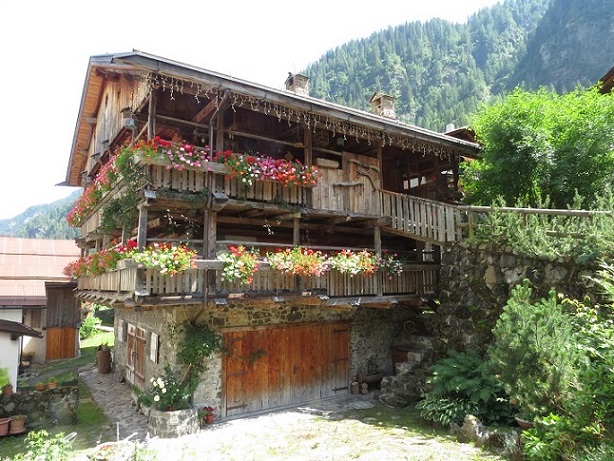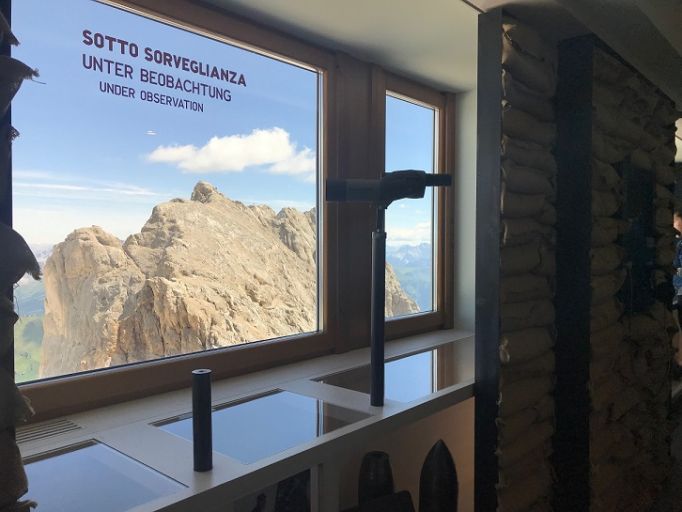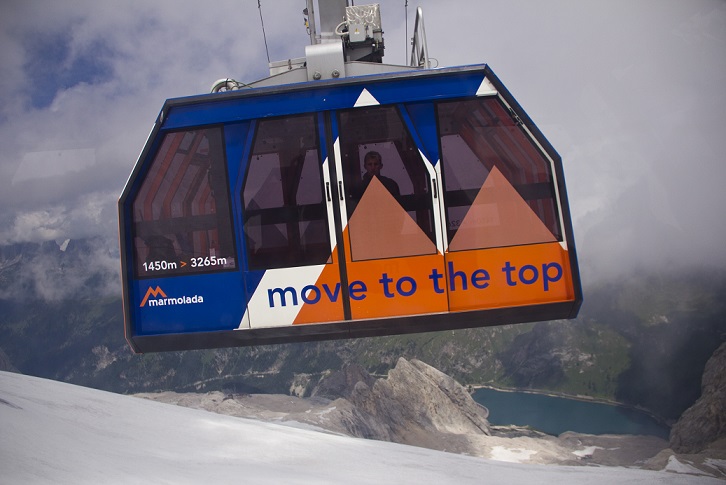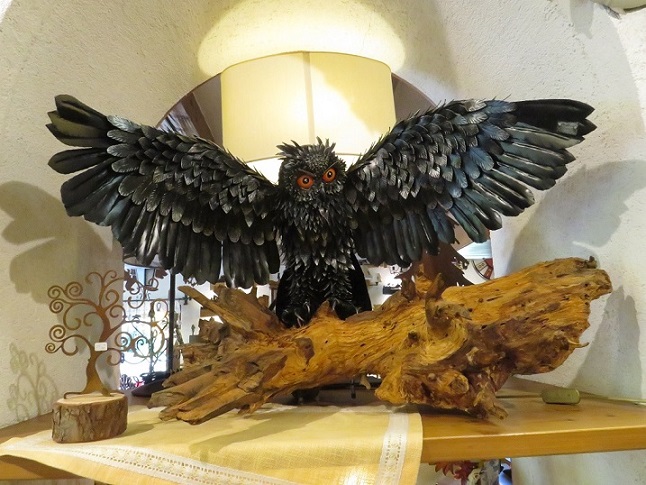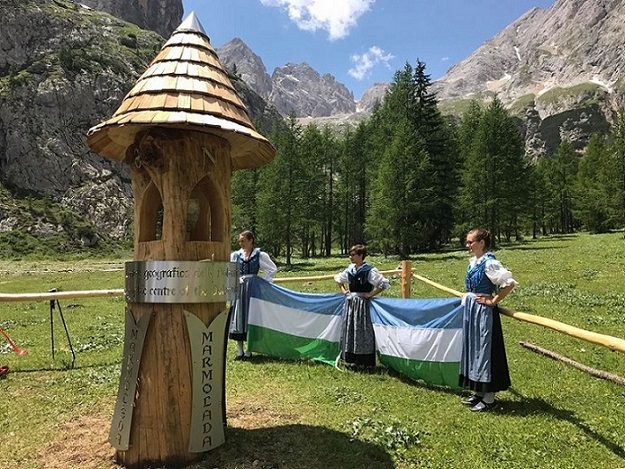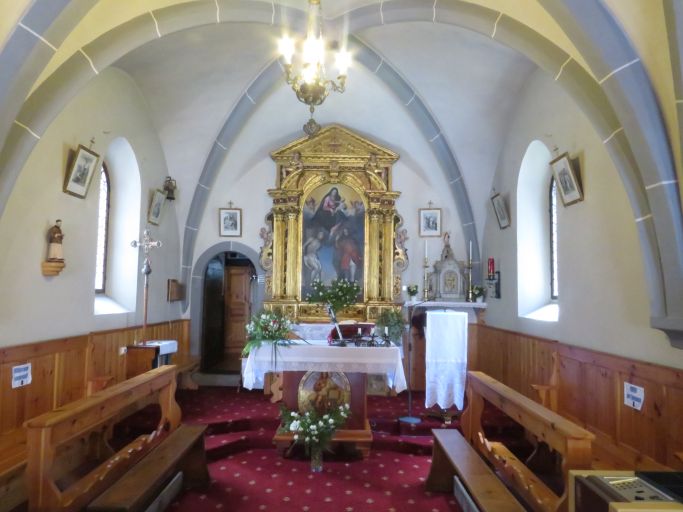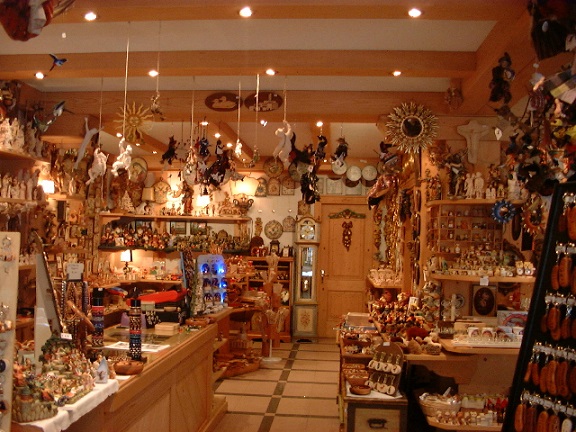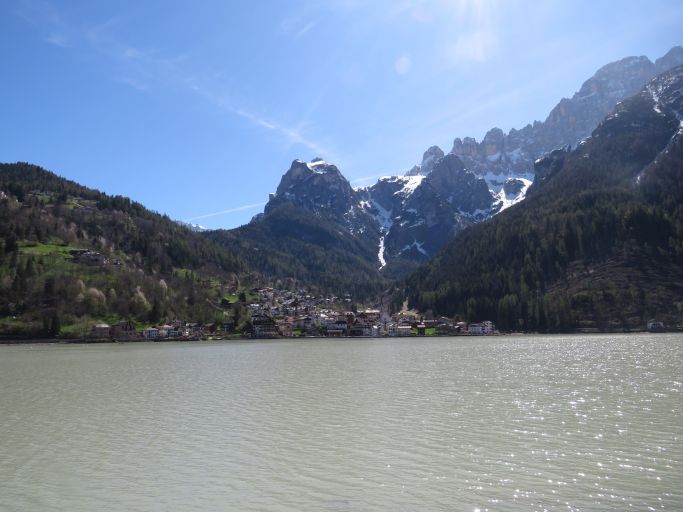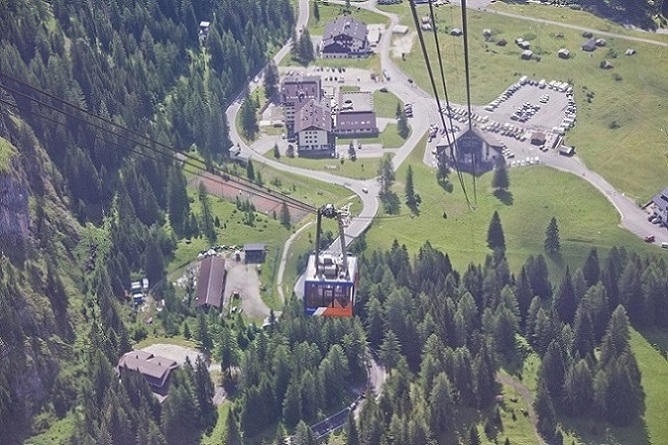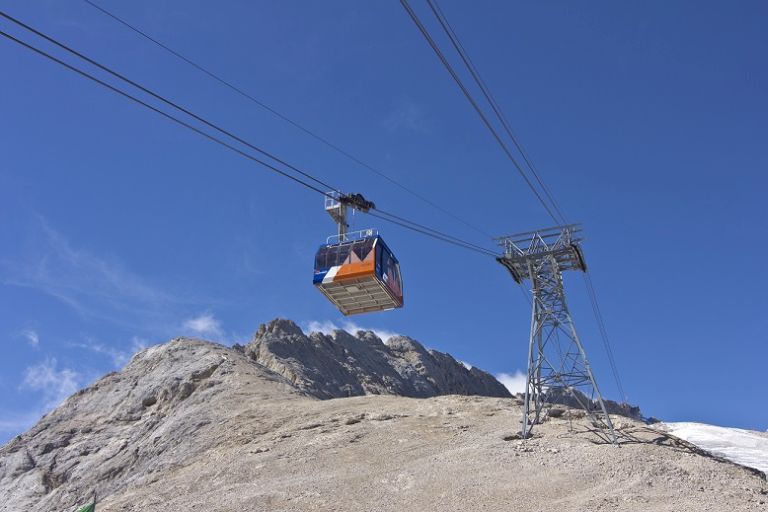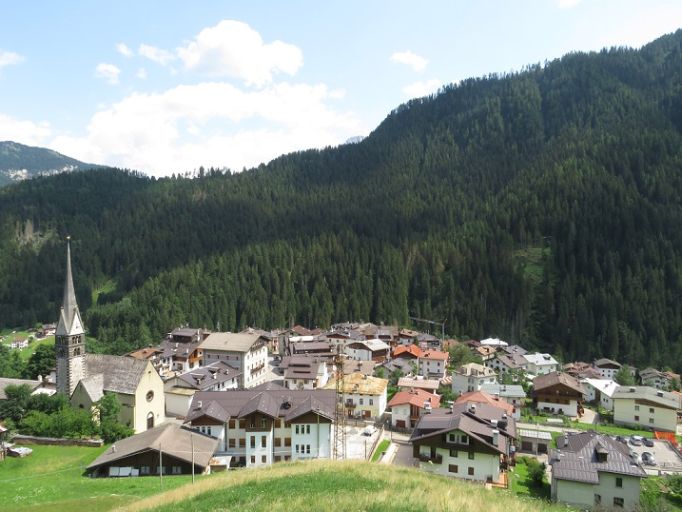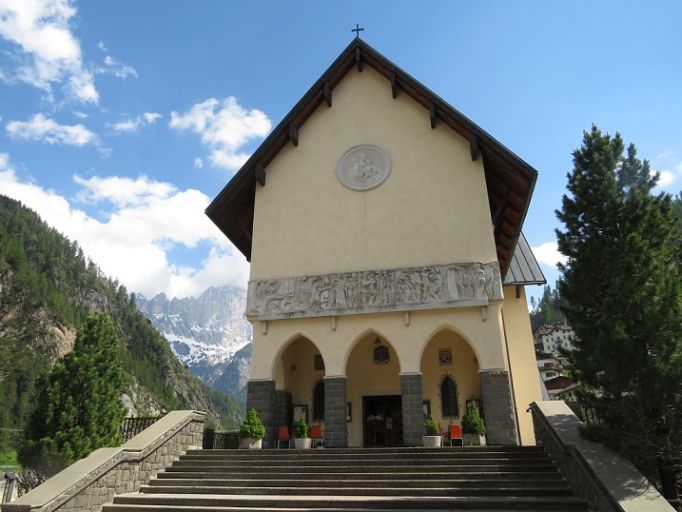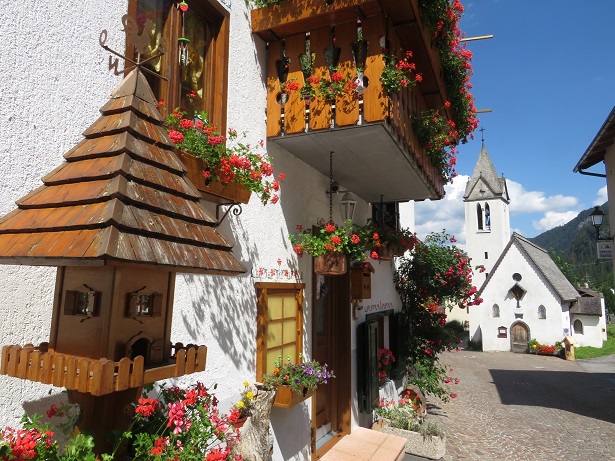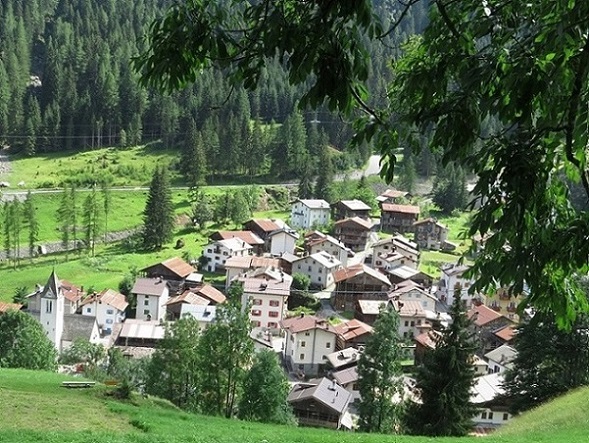profile
map
climb detail
itinerary timetable
tourist info
Host city:
ALLEGHE (Piani di Pezzè)
Overview
Alleghe, gently lying directly along the shores of the namesake lake, rises at an altitude of 1000 m and is is the gateway to the beautiful Alpine landscapes of the Dolomites – a World Heritage Site. It offers legendary peaks, modern lifts and a wide variety of facilities, events and activities for kids, youngsters and sports enthusiasts. As well as first-class hospitality and a warm, genuine welcome. Alleghe has something for everyone and its carefully preserved, protected natural environment is a constant source of emotion. A world of emotions that only “real” mountains can give, all year round. Here you will find yourself immersed in a fascinating naturalistic setting directly in the heart of system number three of the Unesco Dolomites. In Alleghe, just at the foot of Mount Civetta, you can enjoy the magnificence of this incredible World Heritage Site. The beauty of these places and the possibility of combining relax with leisure and fun are the aspects that most distinguish this renowned mountain resort thanks to its ability to combine a safe environment, easelly suitable for children, with the great variety of outdoor activities suitable for both the family and the most demanding sportspeople. So summer in Alleghe offers the opportunity to experience the extraordinary natural environments of the Dolomites to the fullest: from the unmissable routes for the whole family to the challenging high-altitude outings, from the adventure park to the via ferratas the offer is truly varied and, thanks to the lifts directly in the village, in a few minutes you can switch from a quiet pedal boat ride on the placid waters of the Alleghe lake to an adrenaline-fueled excursion.with an e-bike at high altitude.
MOUNT CIVETTA
Wall of walls
Civetta (3218 m), the beautiful backdrop to the town of Alleghe, is one of the most famous mountains in the Dolomites and a popular destination for climbers from all over the world. Majestic and awe-inspiring, it is known as the “Kingdom of the sixth grade”. Its northwest face is referred to as the “Wall of walls” in climbing circles, with a difference in height of more than 1000 m and a length of about 4 km, between Cima Su Alto to the southwest and Torre Coldai to the northeast.
Highlights:
- Civetta Valley – This long crossing, acknowledged as one of the most spectacular one-day hikes in the mountains, takes you across the slopes of the great northwest face of Civetta. It is a demanding hike that goes from Col dei Baldi to Listolade and is 21 kilometres long with a difference in altitude of 1950 m.
- Alleghesi Via Ferrata – A beautiful via ferrata that will take you to the summit of Civetta that lies at 3220 metres. This very varied and dramatic route takes about 10 hours with a difference in altitude of 1800 metres, of which 900 are on via ferrata. It has no particularly difficult technical sections but should not be underestimated due to its length and differences in height
MOUNT PELMO
The throne of God
This awe-inspiring mountain in the shape of a throne is actually known in the local dialect as “el Caregón de ‘l Padreterno”, literally “The throne of the Eternal Father”. You can see a ridge with the “south shoulder” and the “east shoulder” from the southeast which are like armrests, with Valòn, an ancient glacial cirque, in the centre. Legend has it that God, exhausted by his efforts to create the stunning Cadore mountains, completed his task with Pelmo so he could finally rest. The mountain has two main massifs: Pelmo (3168 m) in the centre and Pelmetto (2990 m) towards the west, separated by a canyon. Pelmo also has its fair share of history. At the foot of Pelmetto, at 2050 m and not far from the Staulanza Refuge, is one of the most extraordinary paleontological sites in the Dolomites. On an enormous collapsed rock you can see the footprints left by dinosaurs on their prehistoric “walks”.
Highlights
- Dinosaur footprints – On the slopes of Mount Pelmetto is a rock where the footprints of three different types of dinosaur can clearly be seen. These ancient prints are testimony of when the Dolomites were a coral reef.
- Hike around Mount Pelmo – This challenging route starts and ends in the Staulanza Pass and, in just over six hours, gives you the chance to admire every side of Pelmo, especially the eastern face which, with its large natural basin, has earned itself the nickname the “throne of God”.
LAKE COLDAI
While Lake Alleghe, with its reflections and ripples, offers a lovely view of the valley floor, Lake Coldai, lying at over 2000 metres, is a real diamond set in the pale Dolomite rocks. The time and effort needed to reach this glacial lake, which is fed by the melting snow of Mount Coldai and lies on the slopes of the northwest face of Mount Civetta, will be rewarded by the sheer grandeur of its setting. Once over the pass, a valley opens up in front of you and you won’t be able to resist the urge to fill your lungs with the pure mountain air. Below, the magnificent lake with its calm, clear waters is in utter peace, something only certain places actually manage to convey.
DOLOMITI CIVETTA VIBES AND BIKES
An adventure on two wheels to discover the Dolomites
Since E-bikes have appeared on the two-wheel market, the desire to discover the magnificent views of the Dolomites has literally exploded. The creation of signs along the dense network of forest roads, their mapping and integration with the transport of the cableways of the entire Civetta area has allowed us to create the “Dolomiti Civetta Vibes and Bikes” bike trails project. With a single pass, it is now possible to access the Alleghe, Val di Zoldo and Val Fiorentina lifts and to all the trails that connect the three valleys. Thanks to a network of over 75 kilometers of routes, services and infrastructures dedicated to mountain biking and e-bike routes, everyone will finally be able to find their own fun and enjoy the breathtaking view of the Dolomites with just one ticket.
MARMOLADA (Passo Fedaia)
Touristic Information
The municipality of Rocca Pietore (La Ròcia in Ladin) is the Geographical heart of the Unesco Dolomites. Situated 1143 m above sea level, it has about 1200 inhabitants and 76 square kilometres of surface area.
The area is famous for its natural elements where you can enjoy an authentic experience of forests, enchanted lakes, villages and some of the most majestic Dolomite peaks.
Rocca Pietore offers a wide range of experiences linked to sport, history, culture and wellbeing.
The Marmolada Ski Area, part of the Dolomiti Superski, is the jewel in the crown for winter skiing, but the valley also offers the chance to try out ski mountaineering, cross-country skiing, freeriding, snowshoeing and ice climbing. Some of the most scenic treks in the Dolomites, adrenalin-pumping crags and via ferratas: summer is also more active than ever here.
The history of the community of Rocca Pietore has passed through important human events: the Magnifica Comunità della Rocca, a form of self-government in the Longobard period, and the First World War, fought among these harsh rocks. An important part of this history is witnessed with war findings inside the Marmolada Great War Museum at Punta Serauta, in Marmolada.
The hotels, flats and B&Bs reflect the authenticity of the environment that surrounds them, adding that familiar welcome that makes guests feel at home. Since 2018 Rocca Pietore has been an Orange Flag municipality of the Italian Touring Club for the quality of tourist accommodation.
Gastronomy
The cuisine and typical gastronomy of the Dolomites are key elements for the Ladin identity of the Rocca Pietore area.
The ancient agricultural roots of the area gave the healthiest ingredients to the local recipes: most of all potatoes, vegetables and cereals. These elements have the strength to grow up also at high altitude, with a fresh climate.
The crops made possible by the Dolomite climate are those that do not require great heat and that withstand the temperature changes present at high altitude.
Ladin cuisine is a journey through culture and flavors, an experience that will take you by the throat and will give you unique sensations: from the particular flavor of game meat with polenta to the sweetish aftertaste of smoked ricotta, from the spice of typical desserts to perfume and grappa flavored with cumin, mountain pine, juniper, blueberries and wild strawberries.
Cereals such as barley, wheat, rye, oats and legumes, vegetables such as peas, beans, turnips and potatoes and still apples, plums, apricots, berries, strawberries and mushrooms from the undergrowth: these are the products of the earth, processed with care and dedication by local cooks and chefs.
And again cheeses and dairy products. Great attention is given to their preparation from the malghe of the area. Spicy, seasoned or fresh, soft or more decisive: the tasting of local cheeses offers a riot of flavors that cannot be renounced.
From lunch in a refuge as a well-deserved reward after a wonderful trekking among the most beautiful valleys of the Dolomites, to a convivial evening in one of the restaurants in the valley and even to a sophisticated dinner: every occasion is good to regenerate yourself at the table and to savor the typical tastes of the area.
Here’s a taste: the dumplings, known as balòte or bale, offered in broth or with melted butter, with speck or with spinach and ricotta, or with cheese; the casonzièi o casunziei, egg pasta crescents stuffed with spinach and ricotta, pumpkin, beetroot or potatoes; local potato gnocchi with melted butter and smoked ricotta; the menèstra da orz with smoked pork knuckle.
Beverages
The cuisine and typical gastronomy of the Dolomites are the key elements for the Ladin identity of the valley.
After having tasted the traditional dishes, skilfully prepared and served by the chefs of the valley, how can one not end a convivial lunch or dinner in style or an apreski on the slopes with an aromatised grappa? Cumin, mugo pine, silver fir, juniper, blueberries and wild strawberries are the sensational products that fill each glass with unique scents and tastes. The combination of grappa with herbs, roots and wild fruits is of ancient origin and the territory offers an infinite variety.
An increasingly popular trend is the use of elderberry, a plant that flowers in May and whose flowers are used for syrups and whose berries are used for delicious jams.
Particularly in summer, the syrup is consumed either as a simple refreshing drink or added to prosecco and mint leaves for a delicate but strong aperitif.
Mulled wine, also known as spiced wine, is a typical drink to warm up the cold winter days and to envelop the senses in spicy scents and aromas. The recipe for this wine has been handed down over the years without major variations: citrus fruits, cinnamon, cloves, oranges and red wine have remained the basic ingredients for a pleasant convivial break with a low alcohol content.
Tipica bevanda per scaldare le fredde giornate invernali e per avvolgere i sensi con profumi e aromi speziati è il vin brulè. La ricetta di questo vino, letteralmente “bruciato”, si è tramandata negli anni senza grandi variazioni: agrumi, cannella, chiodi di garofano, arance e vino rosso sono rimasti gli ingredienti fondamentali per una piacevole pausa conviviale pur con un basso grado alcolico.
Main sights
Rocca Pietore abounds with many times prized hamlets and authentic villages scattered throughout the territory, each with its own particular history and landscape: from the legendary village of Bramezza to the panoramic Laste, from the main town to Malga Ciapela, from Sottoguda to Palue. And then there is Calloneghe with its view of Lake Alleghe and the majestic wall of Mount Civetta.
The municipality of Rocca Pietore has a total of 25 small hamlets to discover!
Two small treasure chests of history and culture, Sottoguda and Palue, in the élite of the Most Beautiful Villages in Italy since 2016, take the guest on a journey through colours, artistic works and authentic views. A visit to the craft workshops, internationally renowned for their wrought iron and woodworking, is a must. Famous are hand-painted butterflies, but also true works of art shaped by the craftsmen’s hands. From a tree trunk come the faces of gnomes with long beards, goblins and beautiful nymphs, guardians of an enchanted and not yet lost kingdom, inspired by legends. Innovative is the creation of jewellery in beech wood and crystals skilfully set one by one to embellish and give light to necklaces, bracelets and earrings.
Among the historical monuments, the church of S. Maria Maddalena in Rocca Pietore, built in 1442 in Gothic style, is characterised by its Ghibelline spire bell tower. Inside you can admire the altarpiece dating back to 1517 and the tabernacle made in 1600. Definitely worth a visit are the small church in Sottoguda dedicated to Saints Fabiano, Sebastiano and Rocco and built to fulfil a vow made by the population spared from a plague epidemic, the sanctuary in veneration of the figure of Mary Help of Christians in Santa Maria delle Grazie, a pilgrimage destination every year for believers from various places and the church in Laste dedicated to San Gottardo, located on the characteristic Col da Gejia and built in 1863.
At Malga Ciapela, both in summer and winter, the Marmolada – Move to the Top cable car allows you to reach the panoramic terrace of Punta Rocca in a few minutes and to visit the Marmolada Great War Museum 3000 m at the intermediate station of Serauta. Here in summer you can also visit the Sacred Monumental Zone while in winter it is a destination for skiers who enjoy the fantastic panorama from the Queen of the Dolomites down La Bellunese, the longest slope of the Dolomiti Superski.
Starting from Malga along provincial road 641, it takes just a few minutes to reach the Fedaia Pass.
In Rocca Pietore you can live unique and exciting experiences: the history, but also the culture, the uncontaminated natural environment, the countless sports that can be practiced both in summer and in winter, the Ladin tradition that can be breathed in the traditions, the language but also in the good food. The peace and tranquillity of an authentic place and the simple but attentive hospitality guarantee guests a truly regenerating holiday


